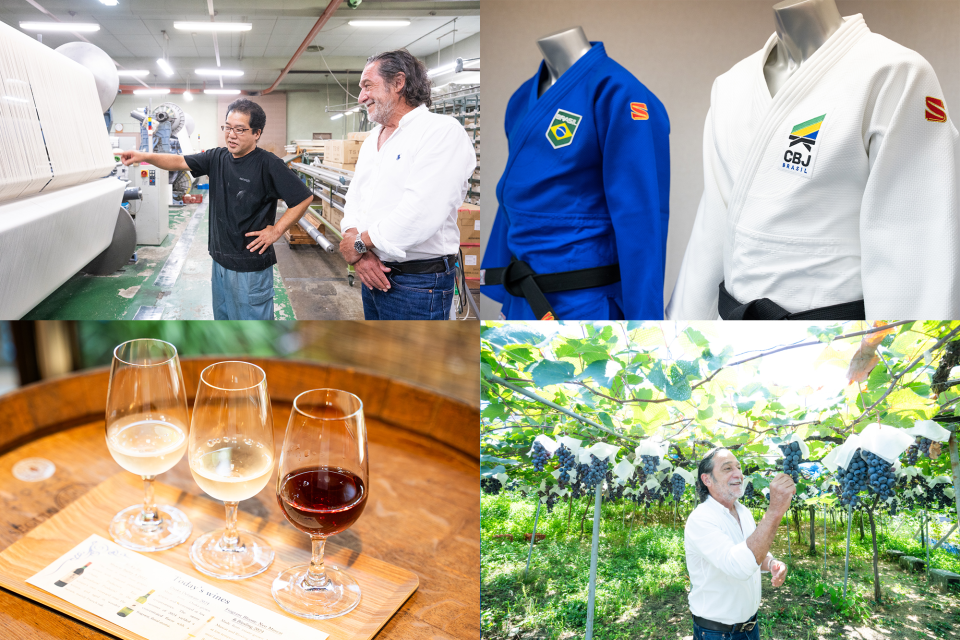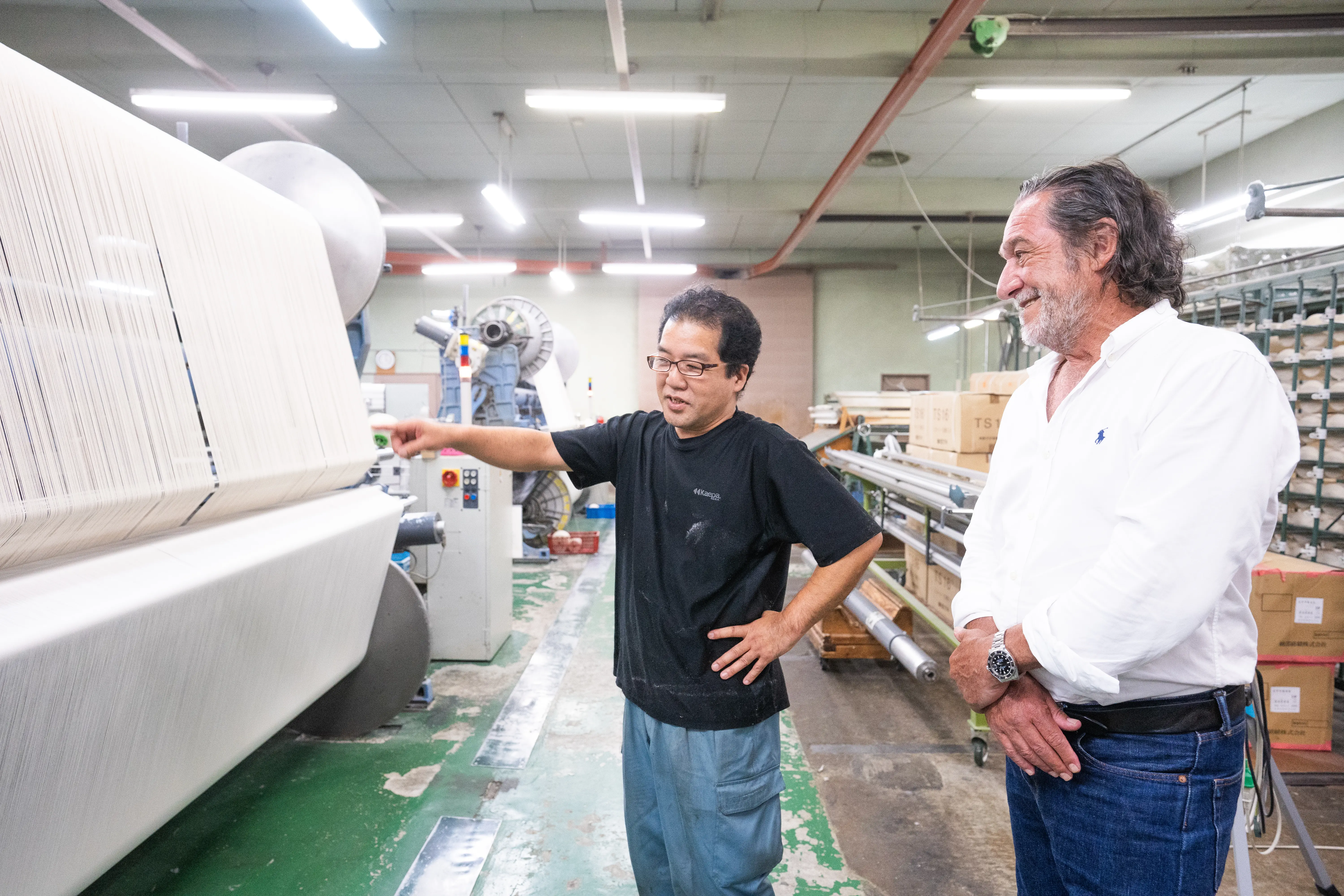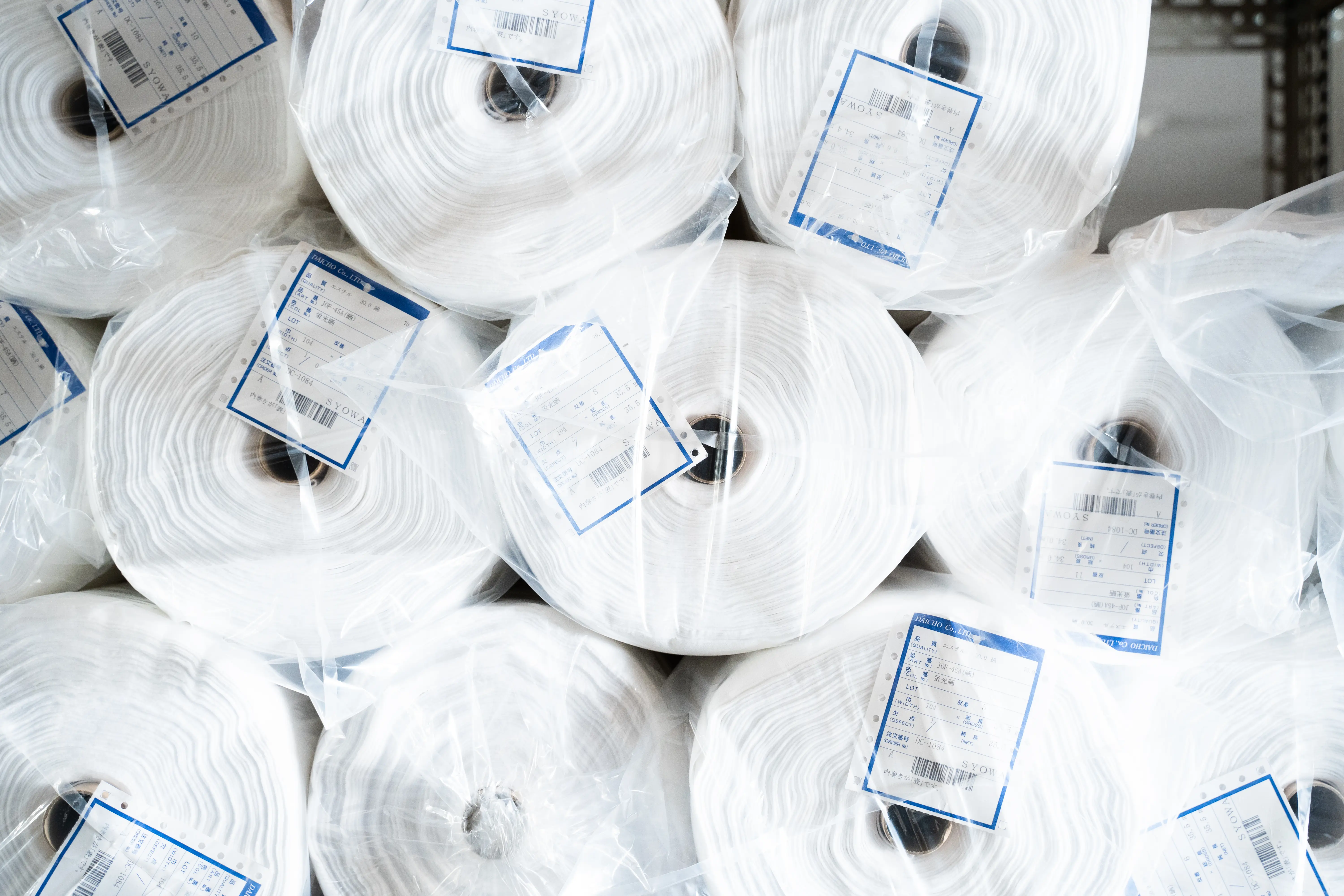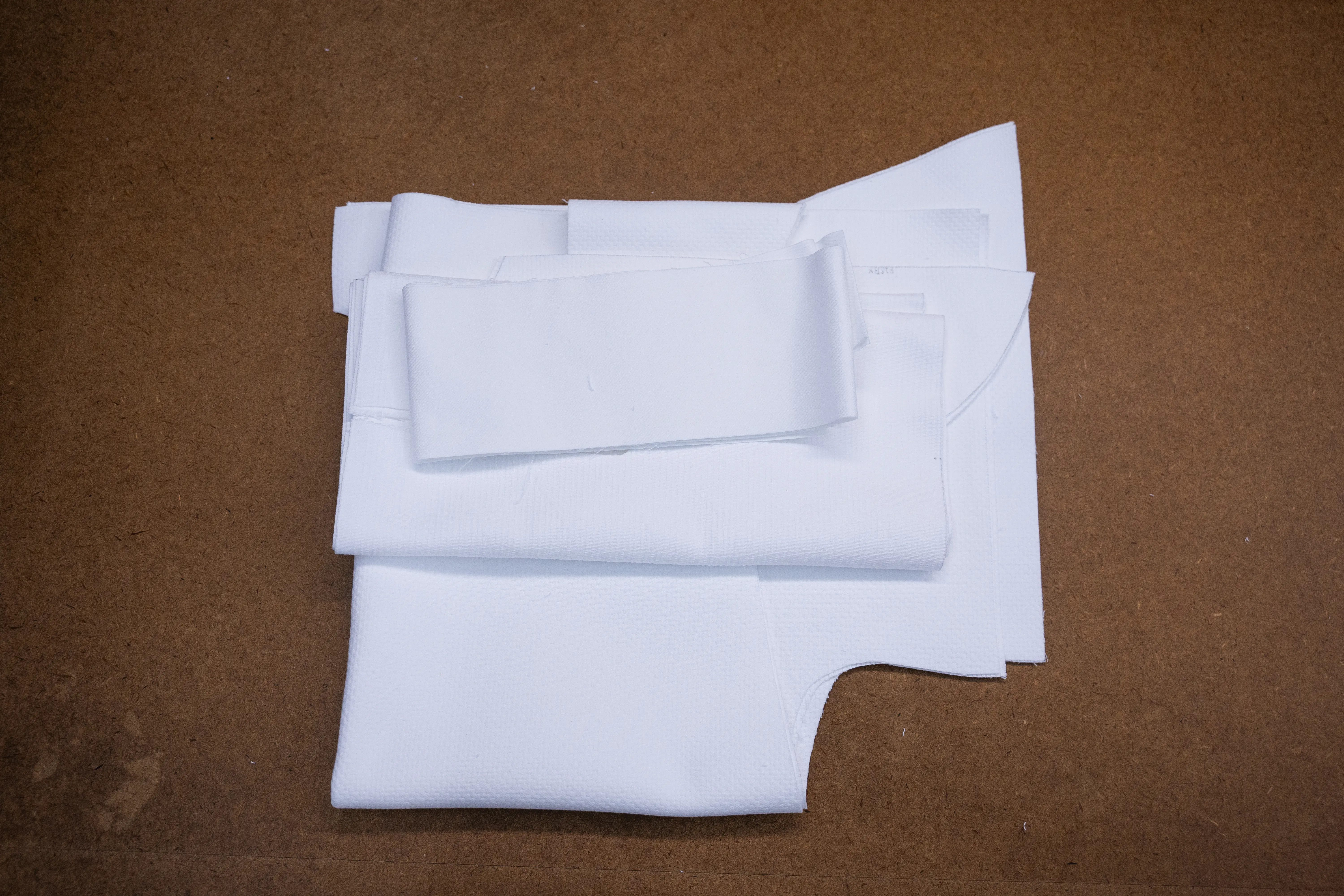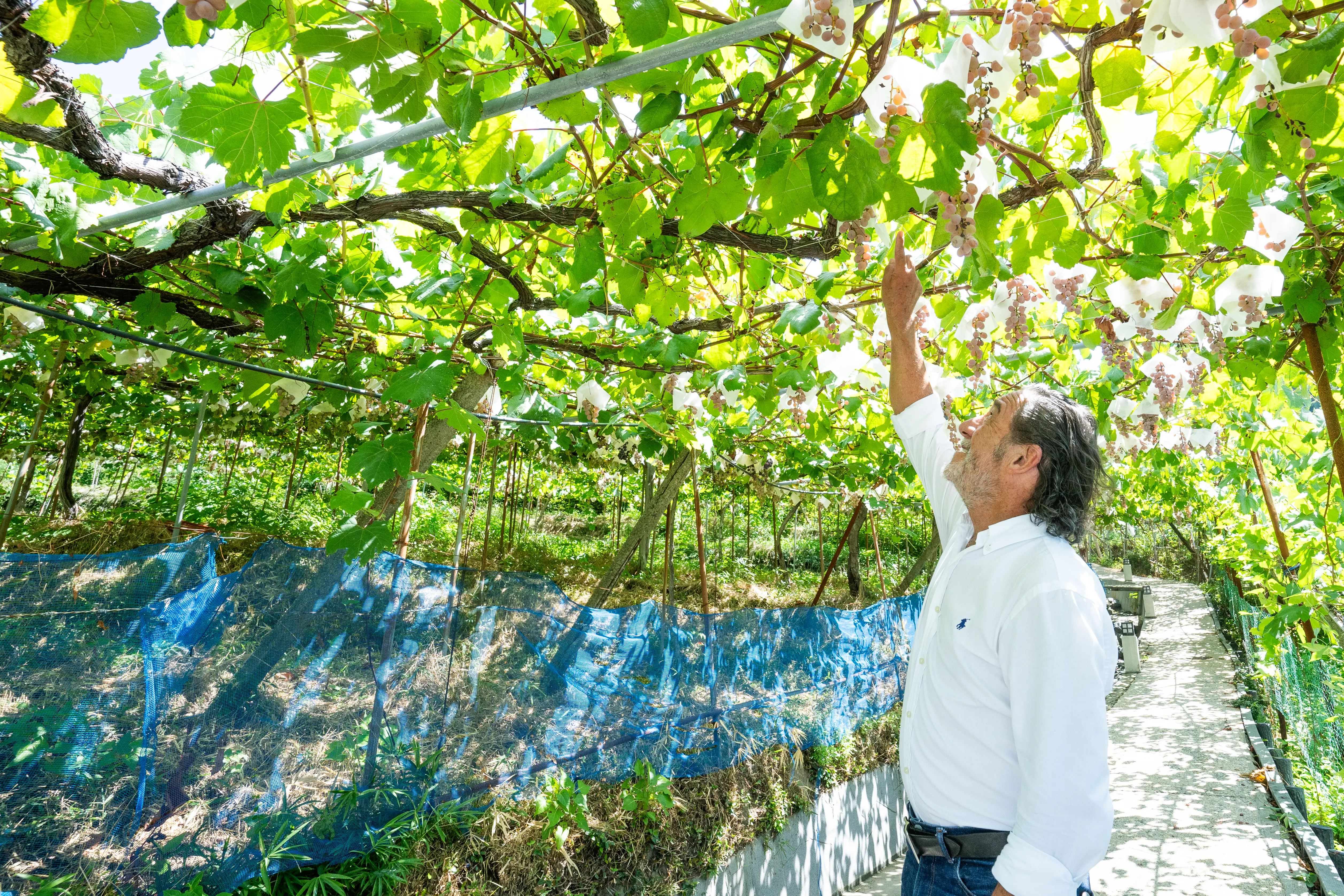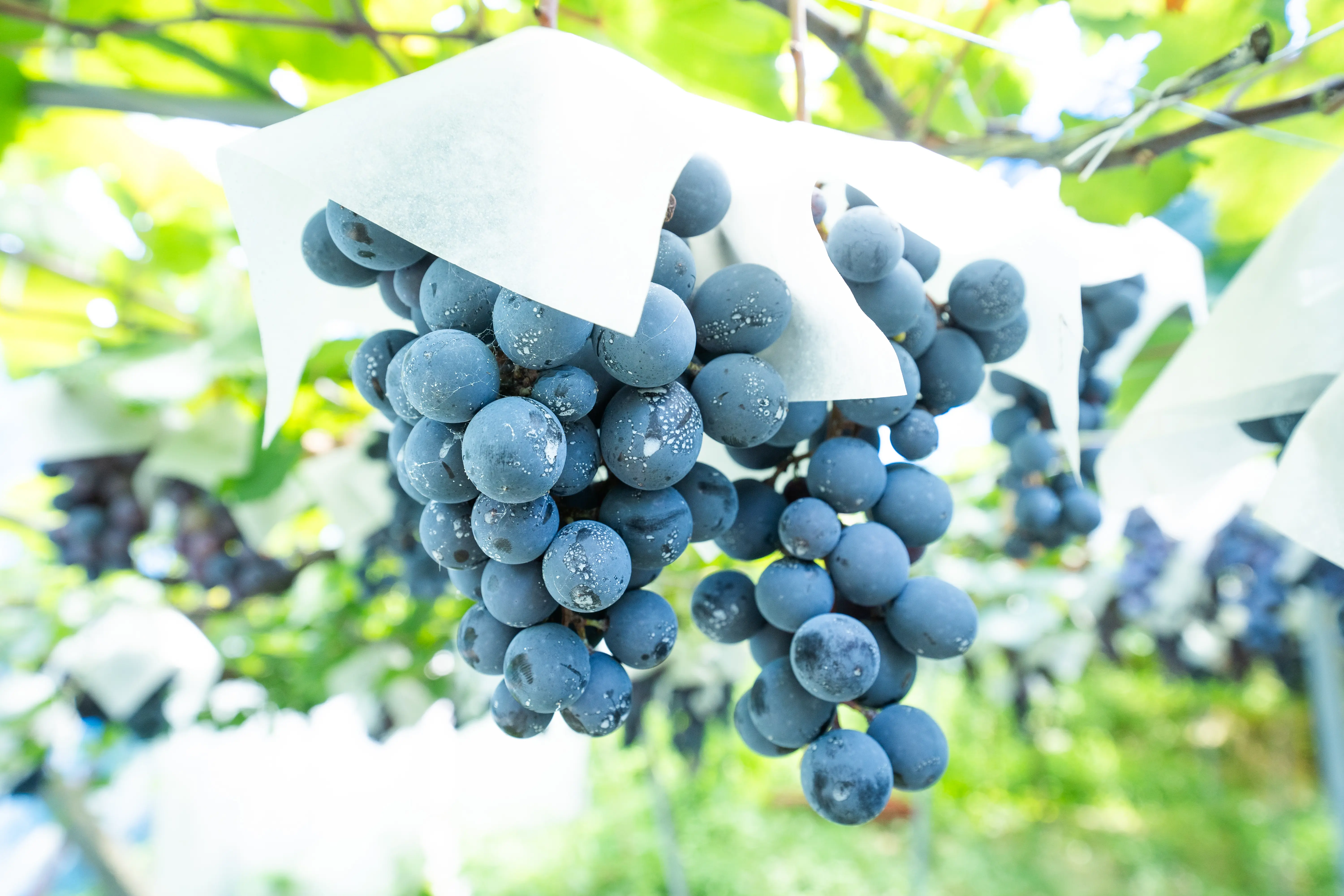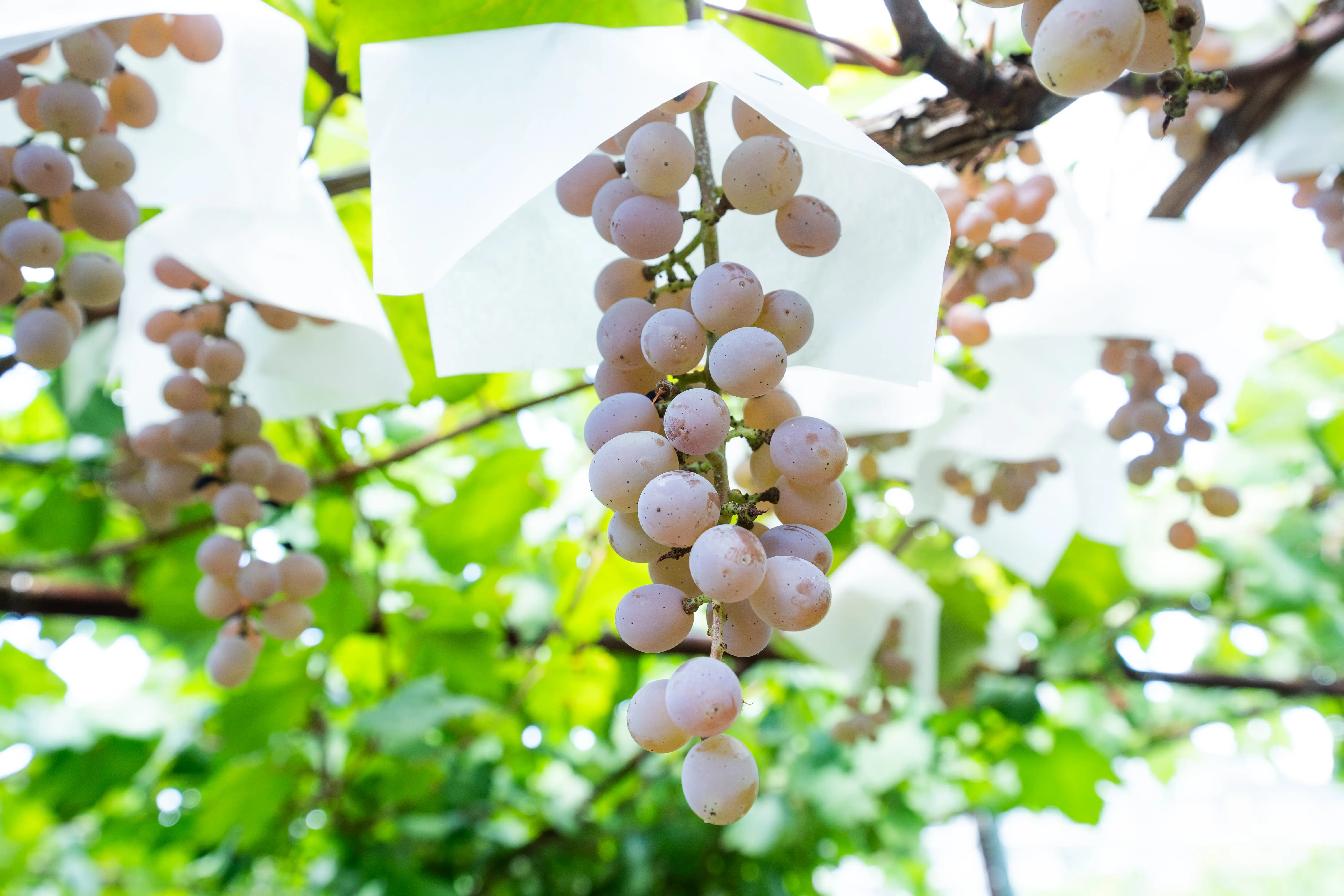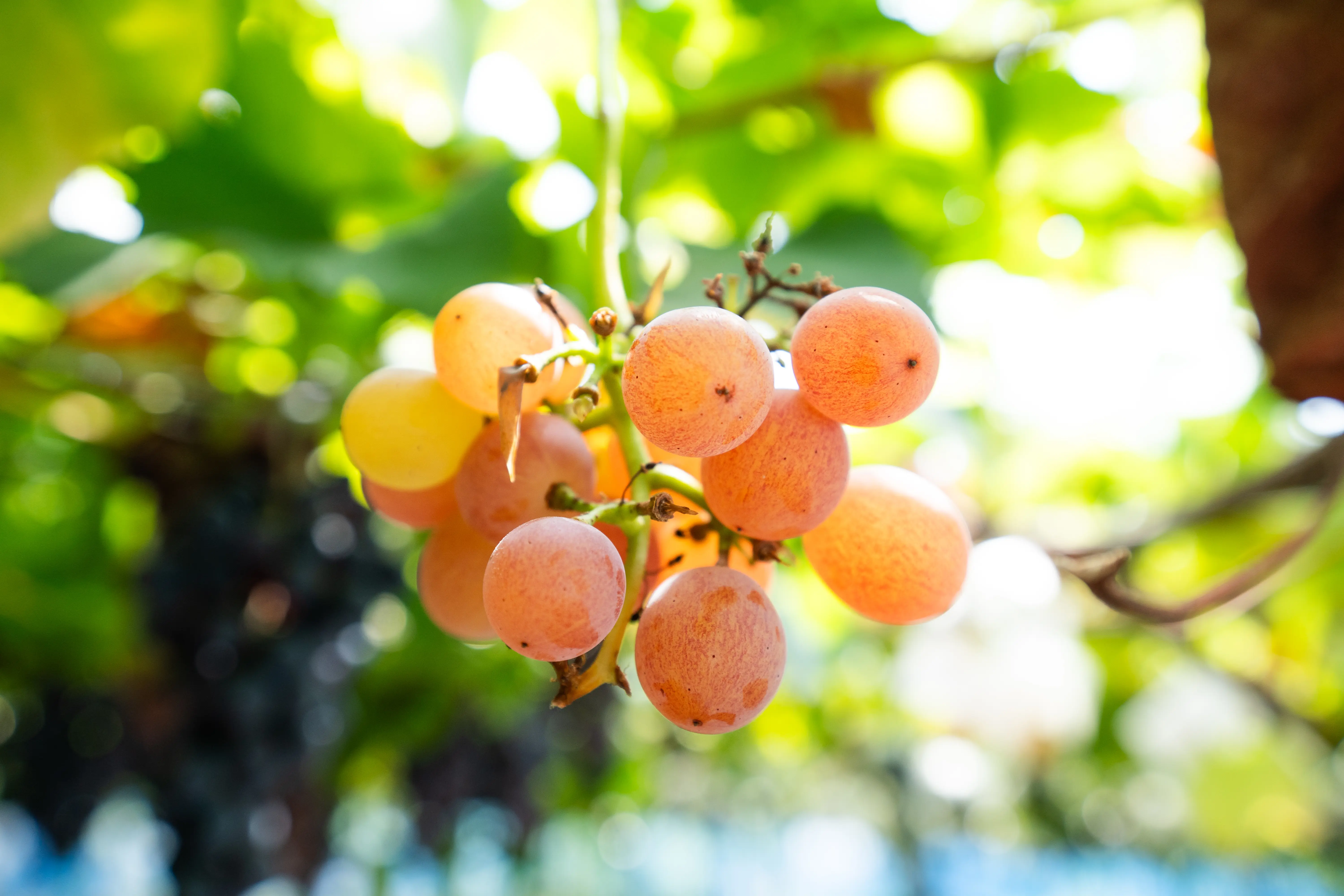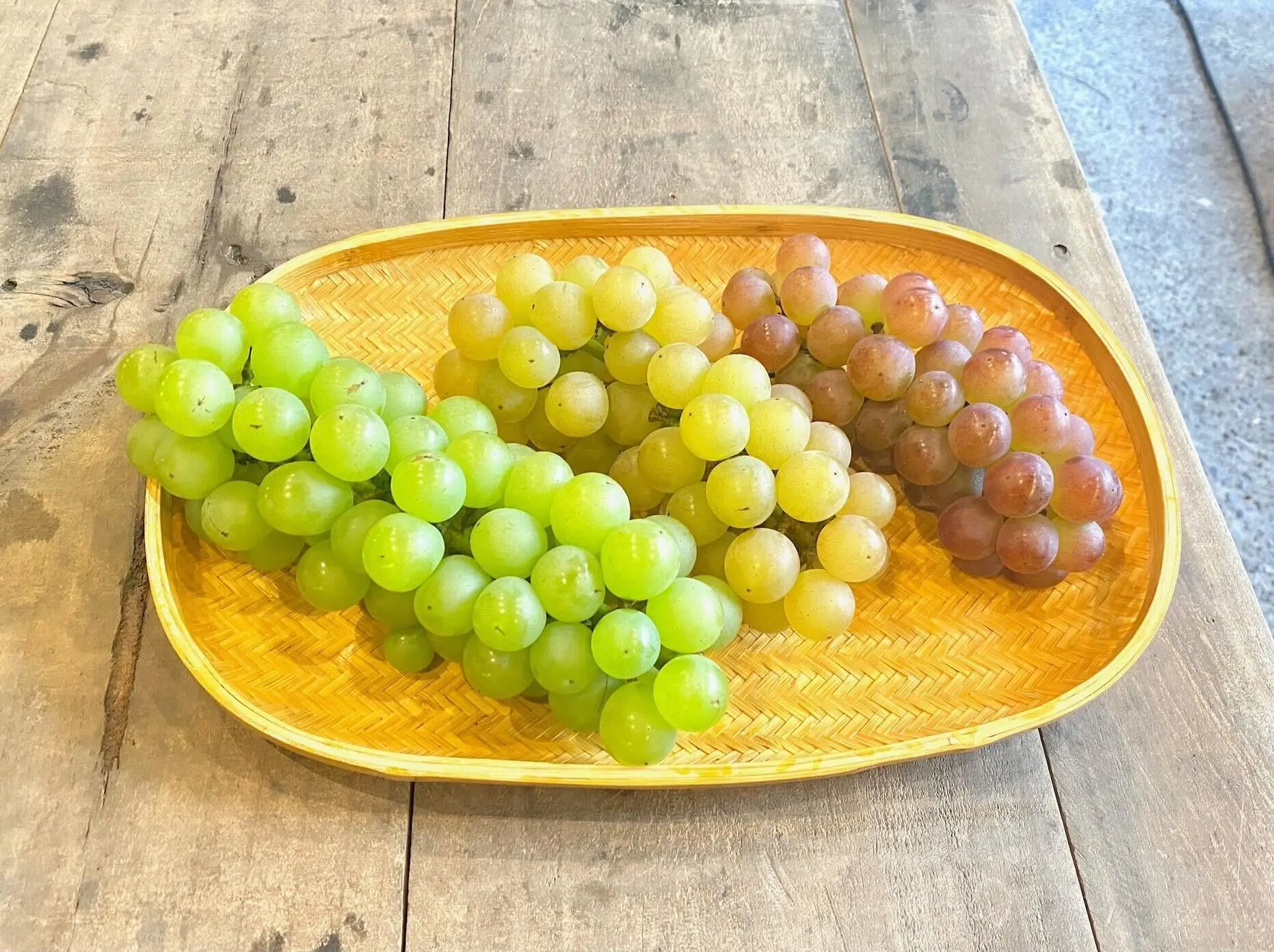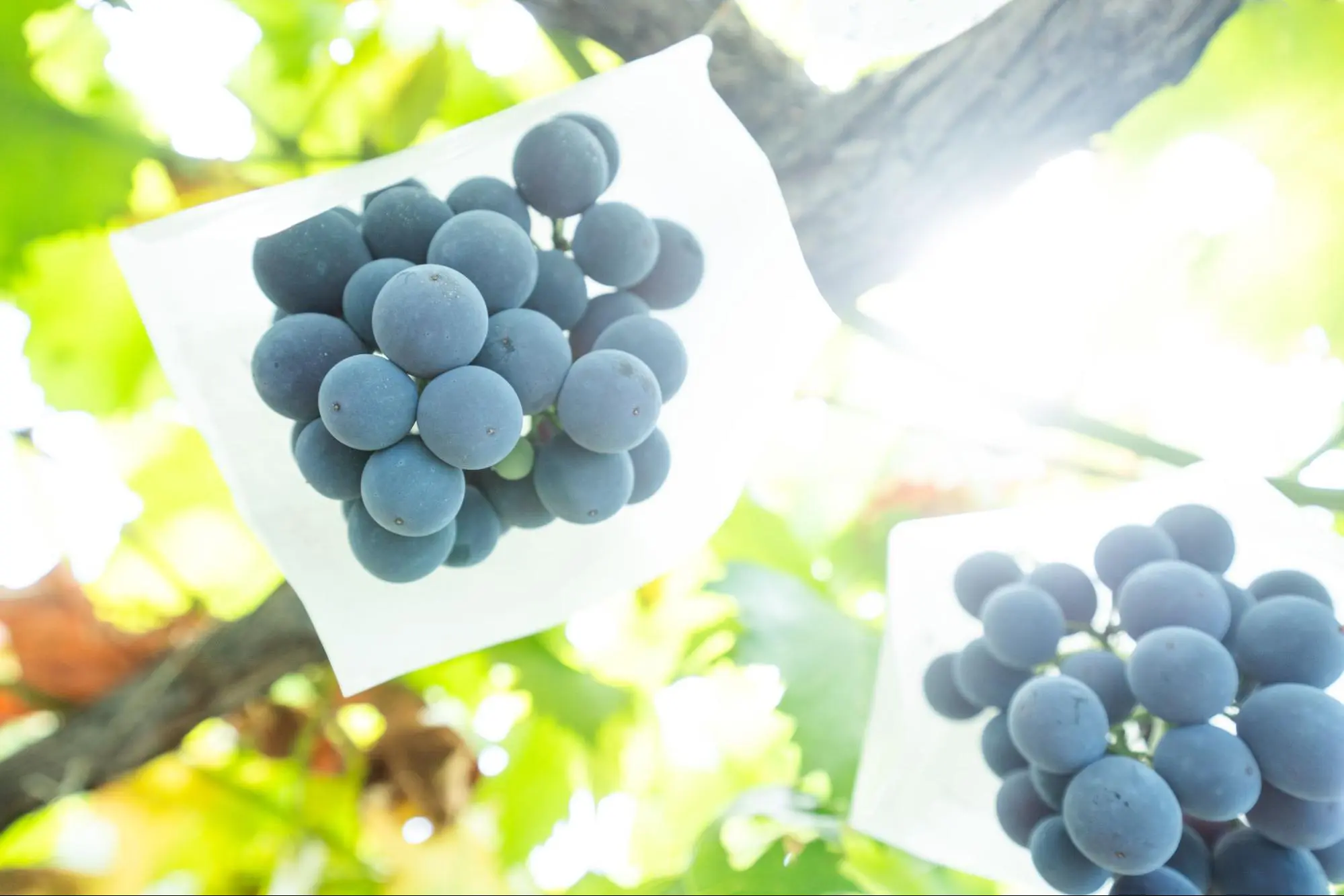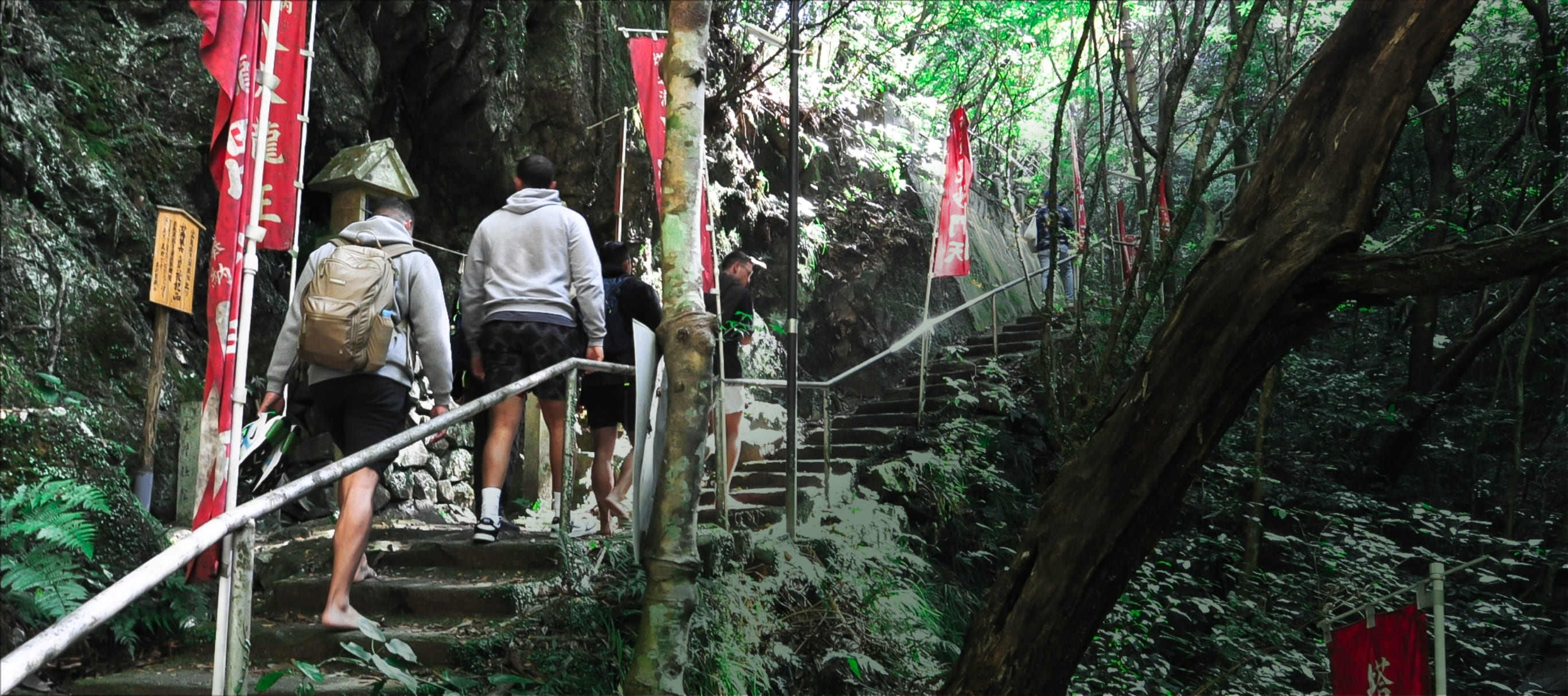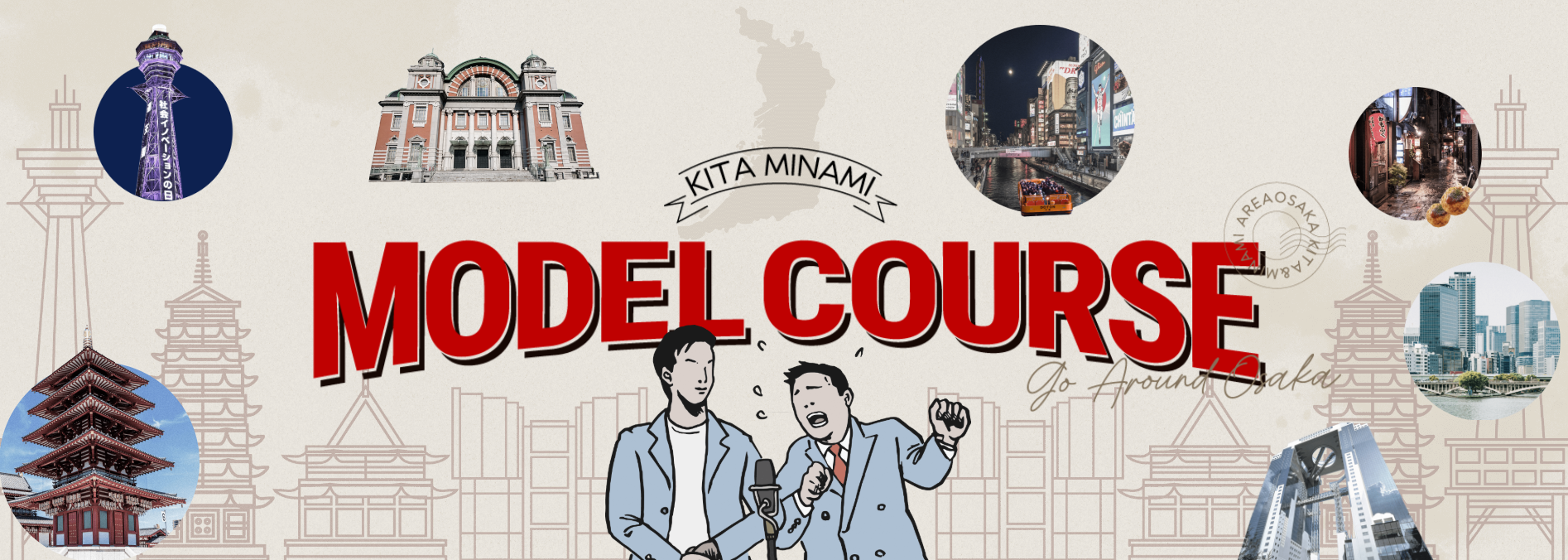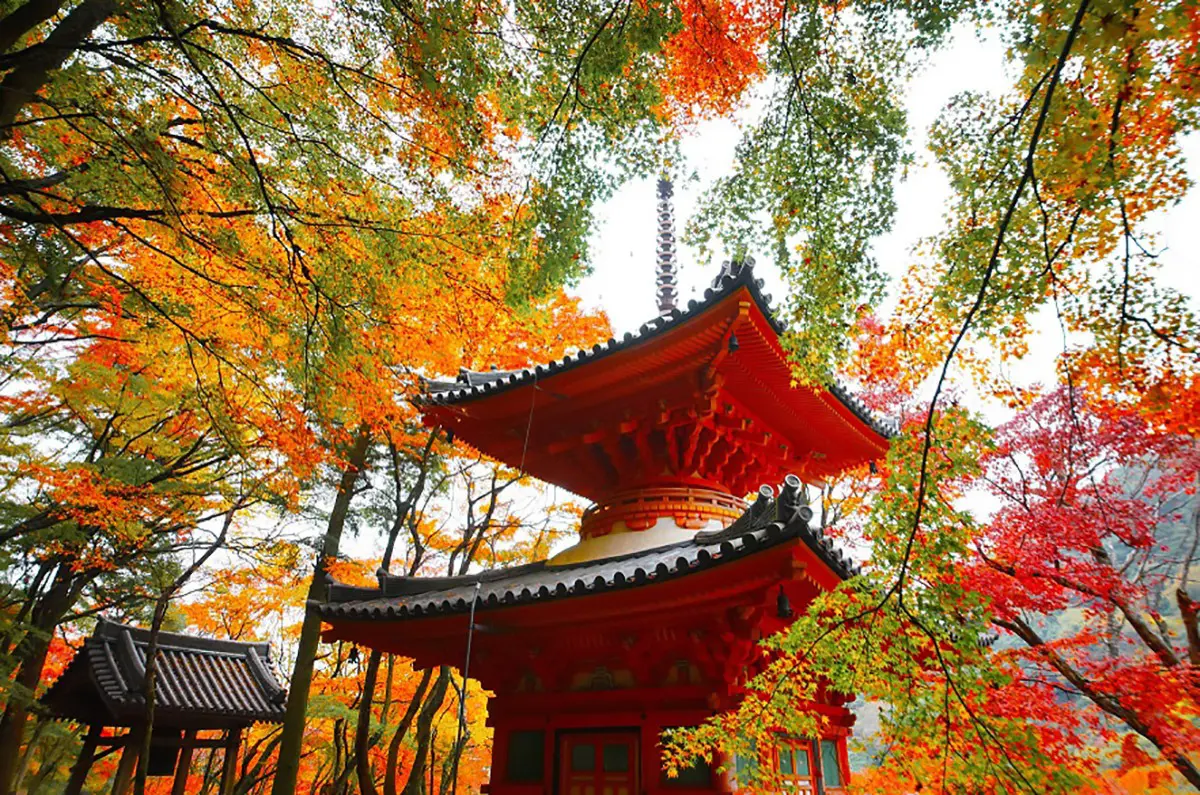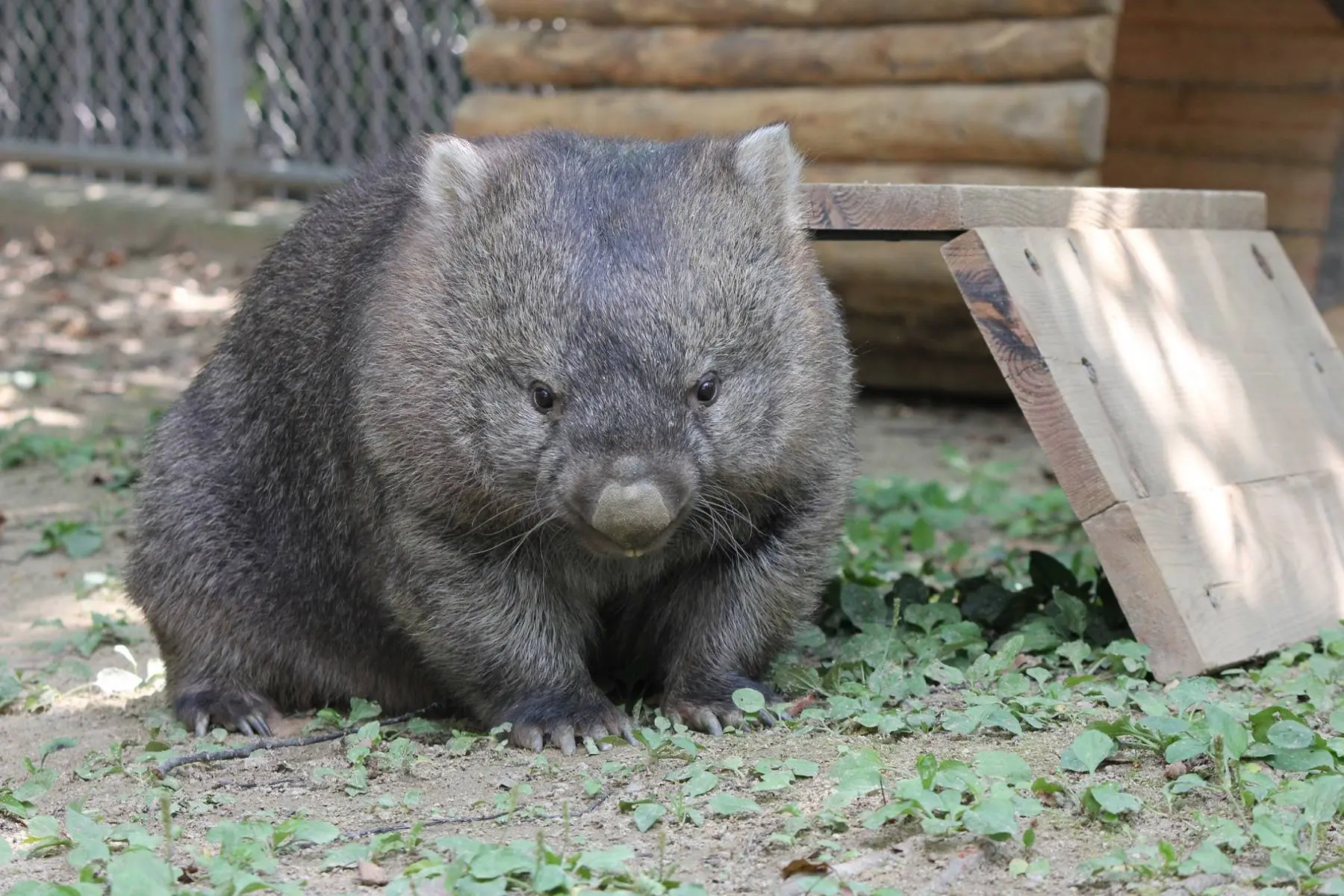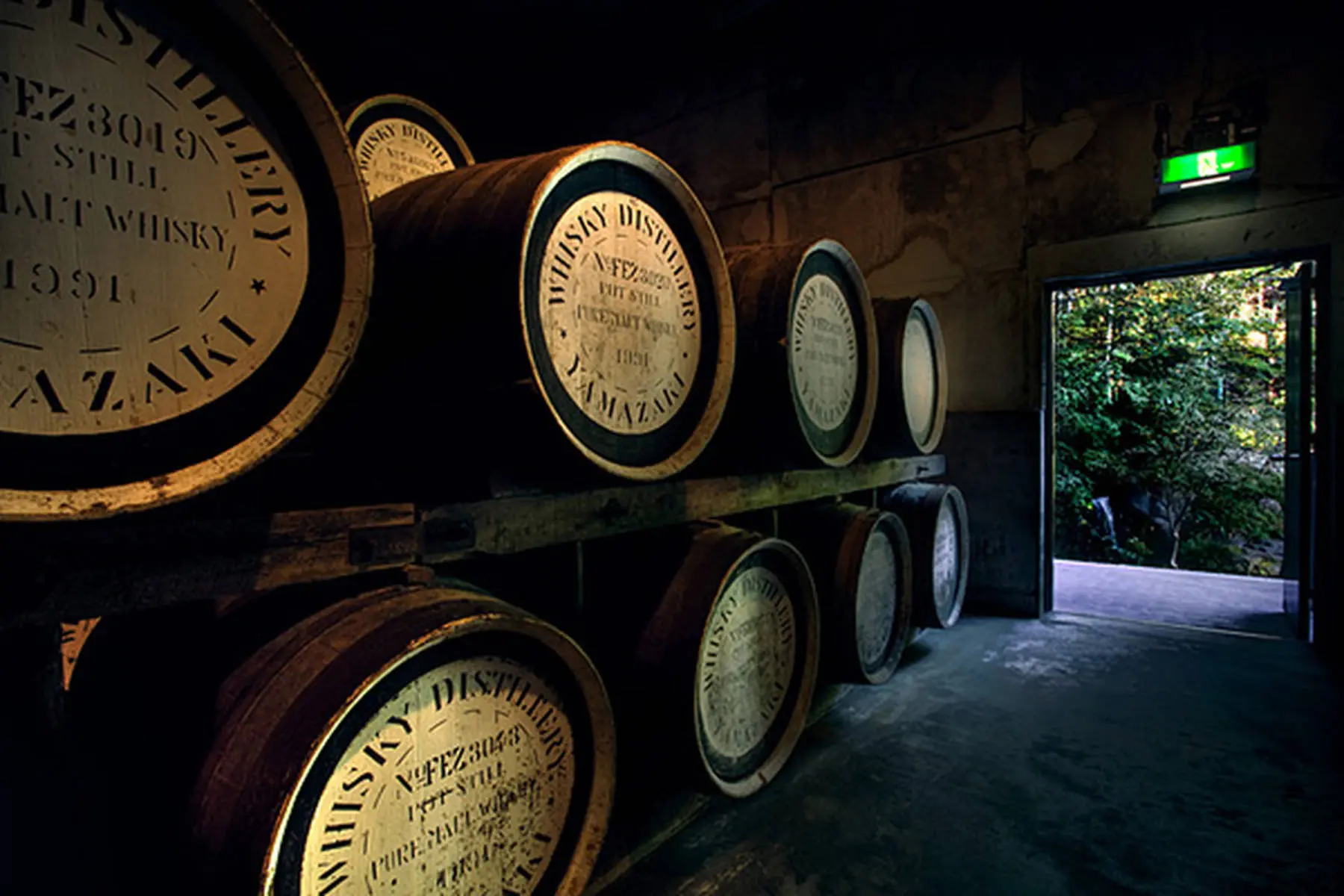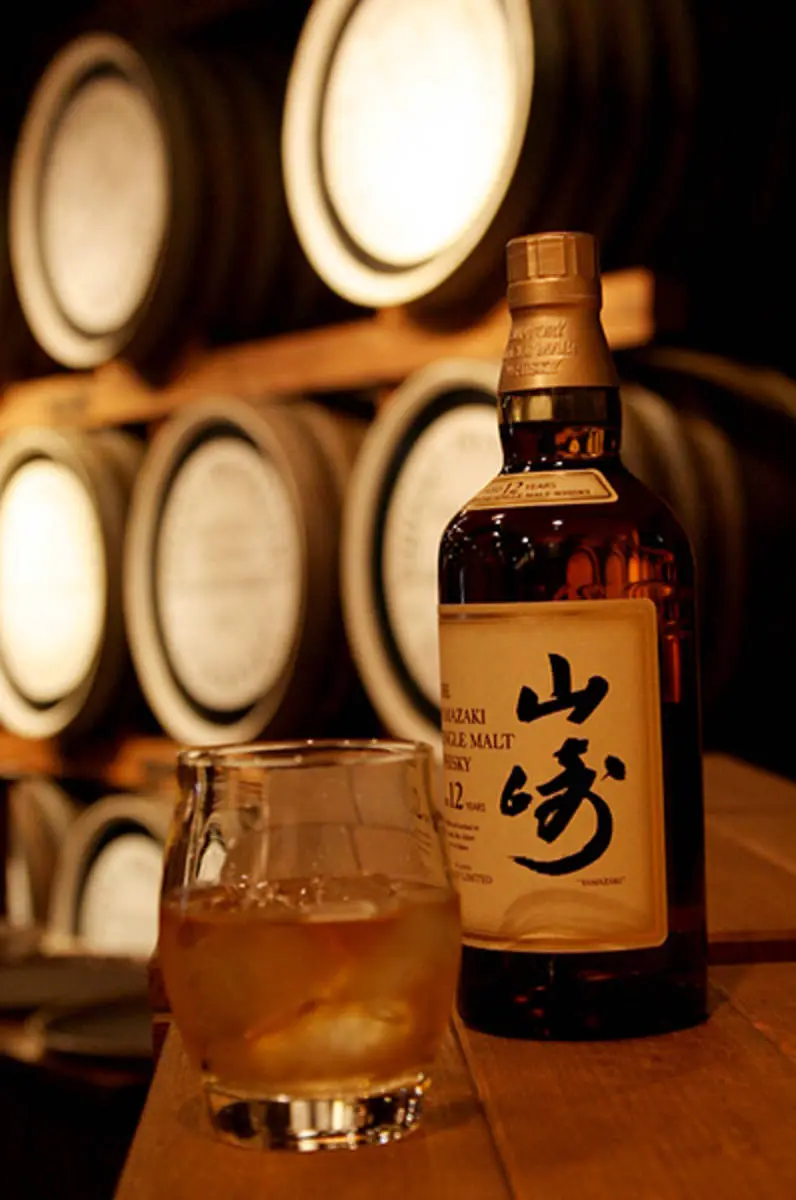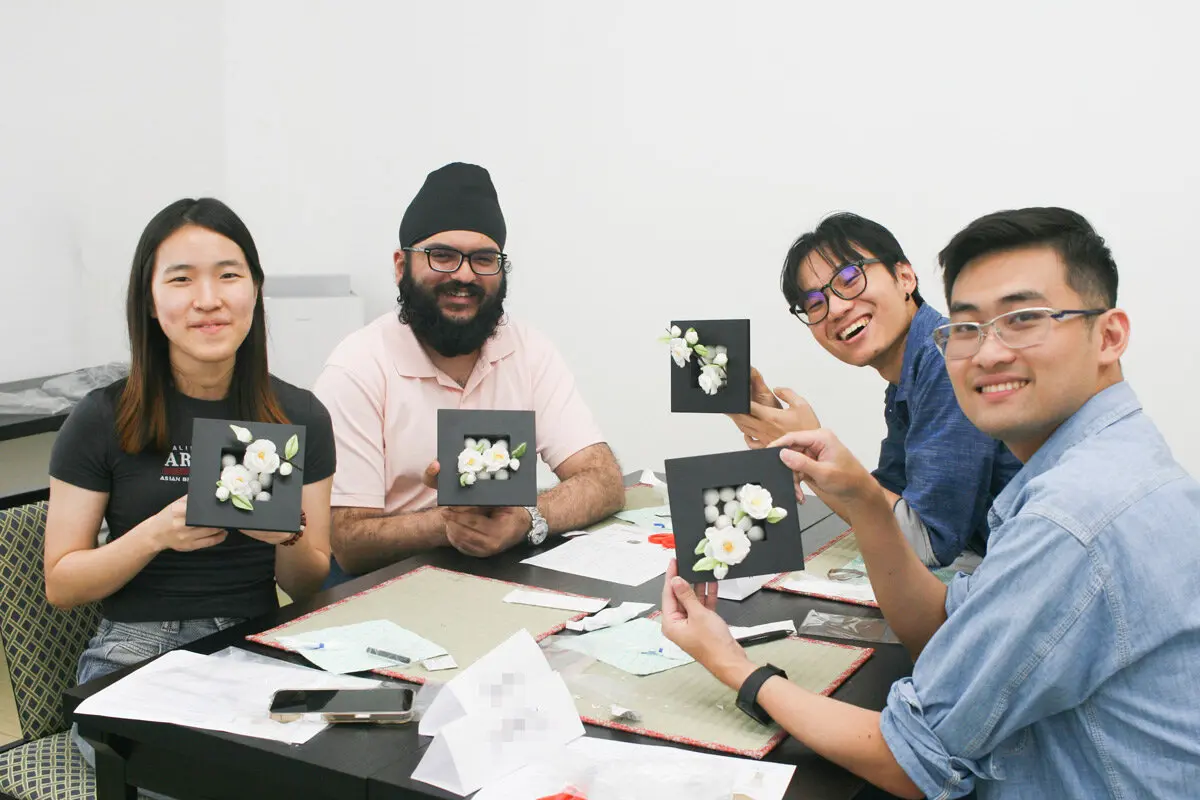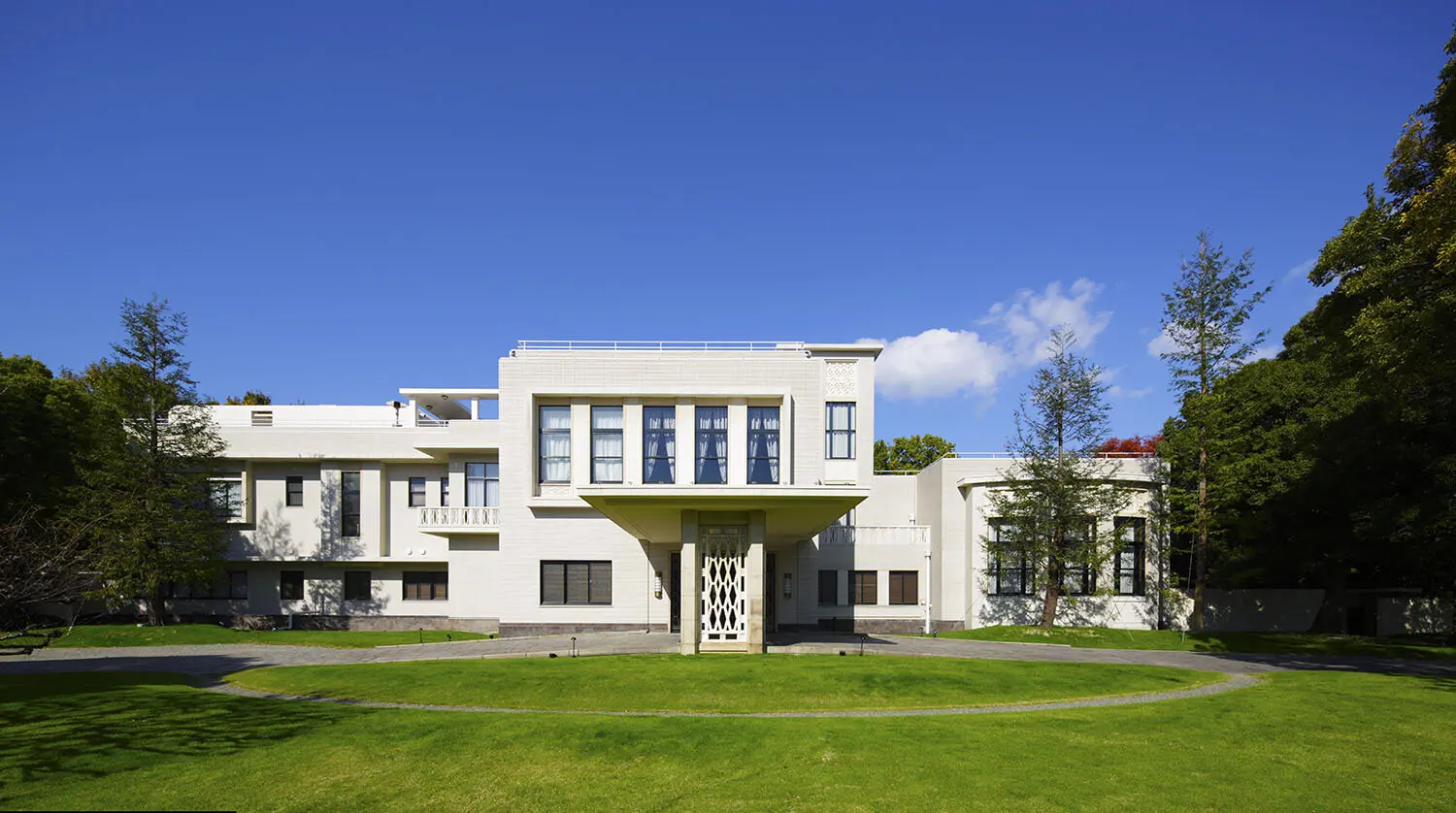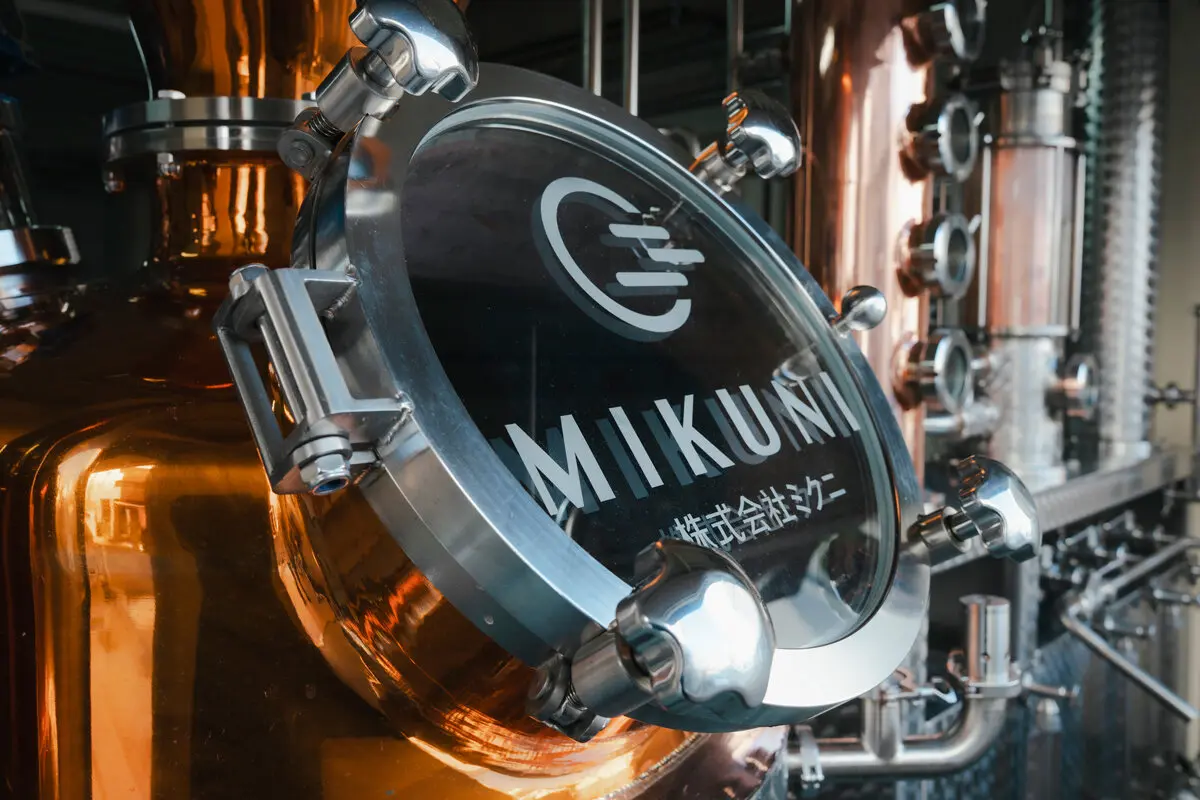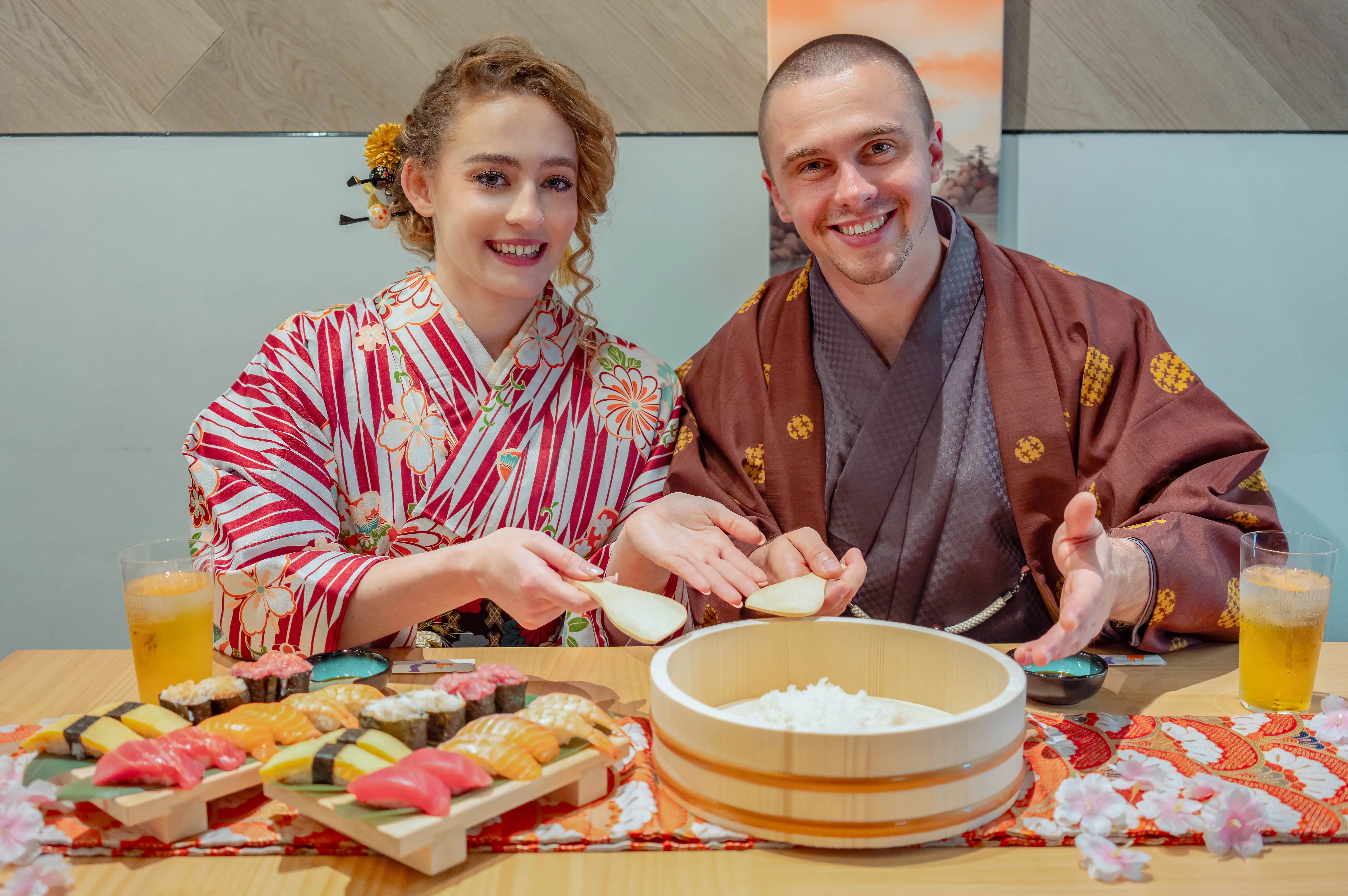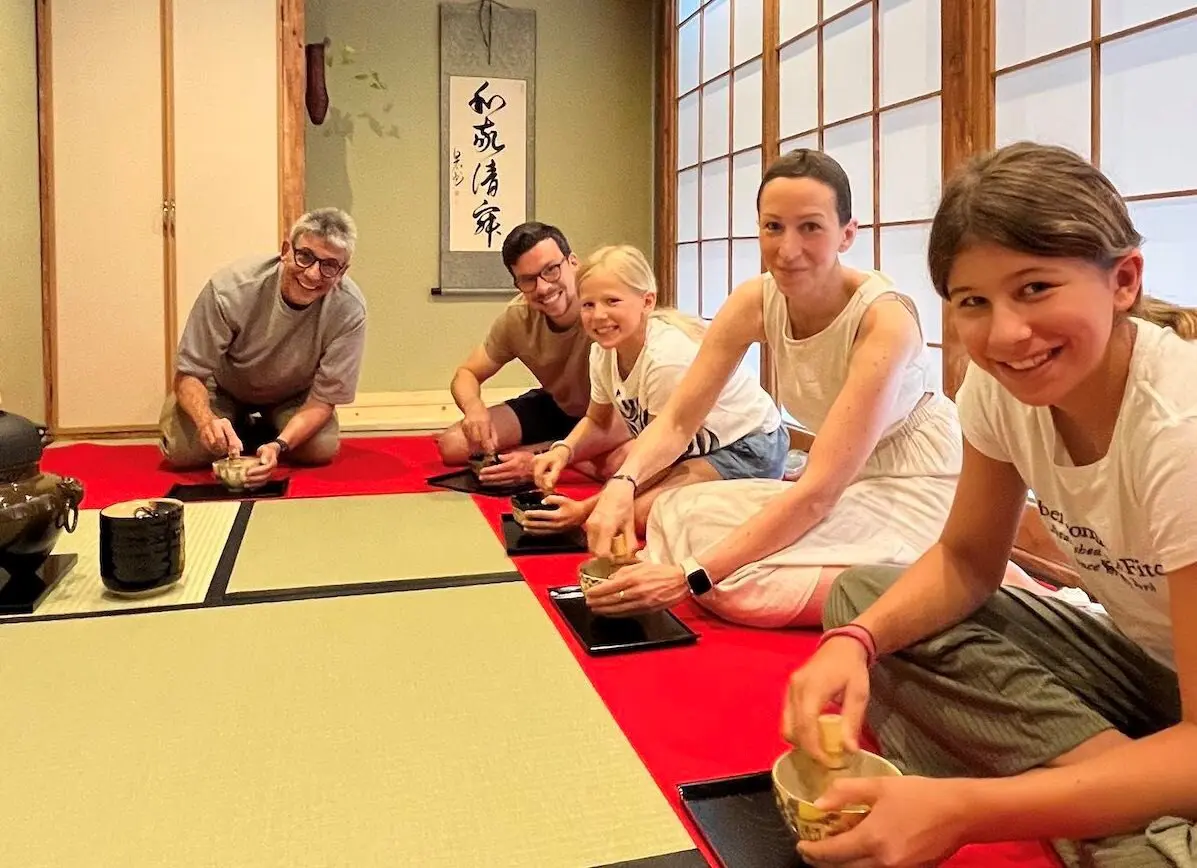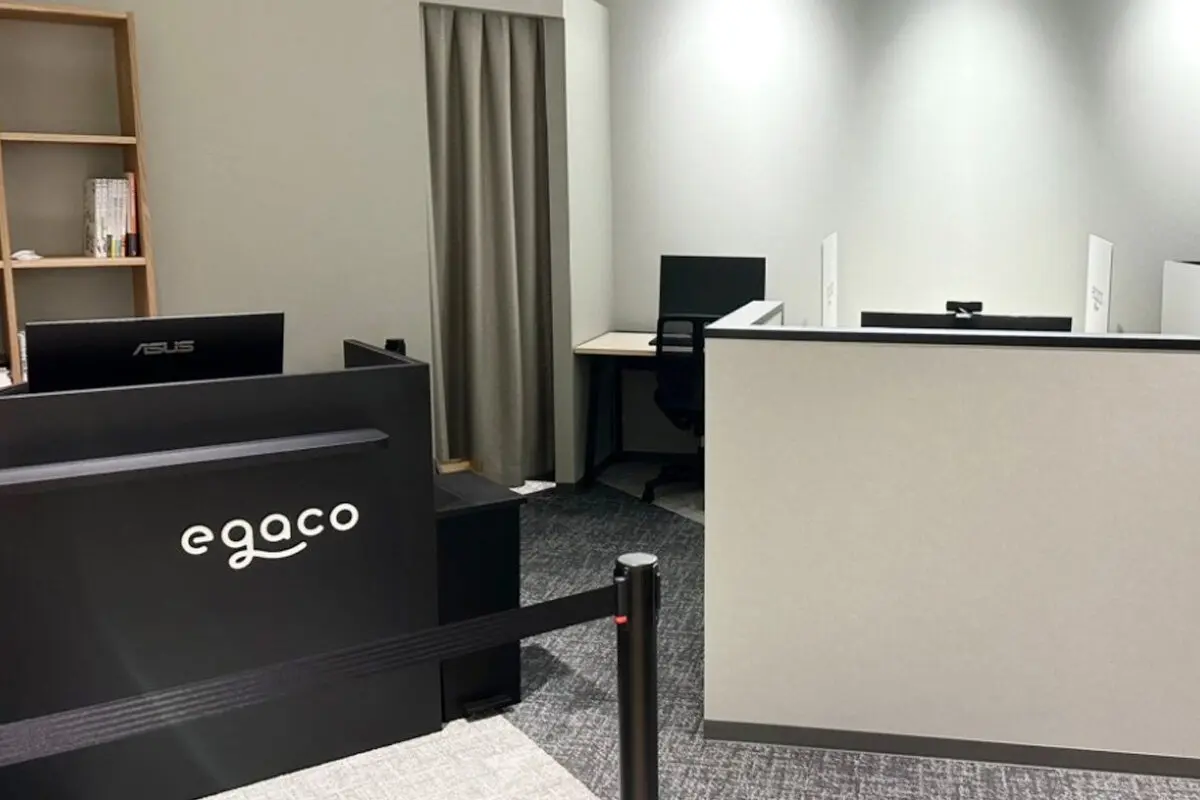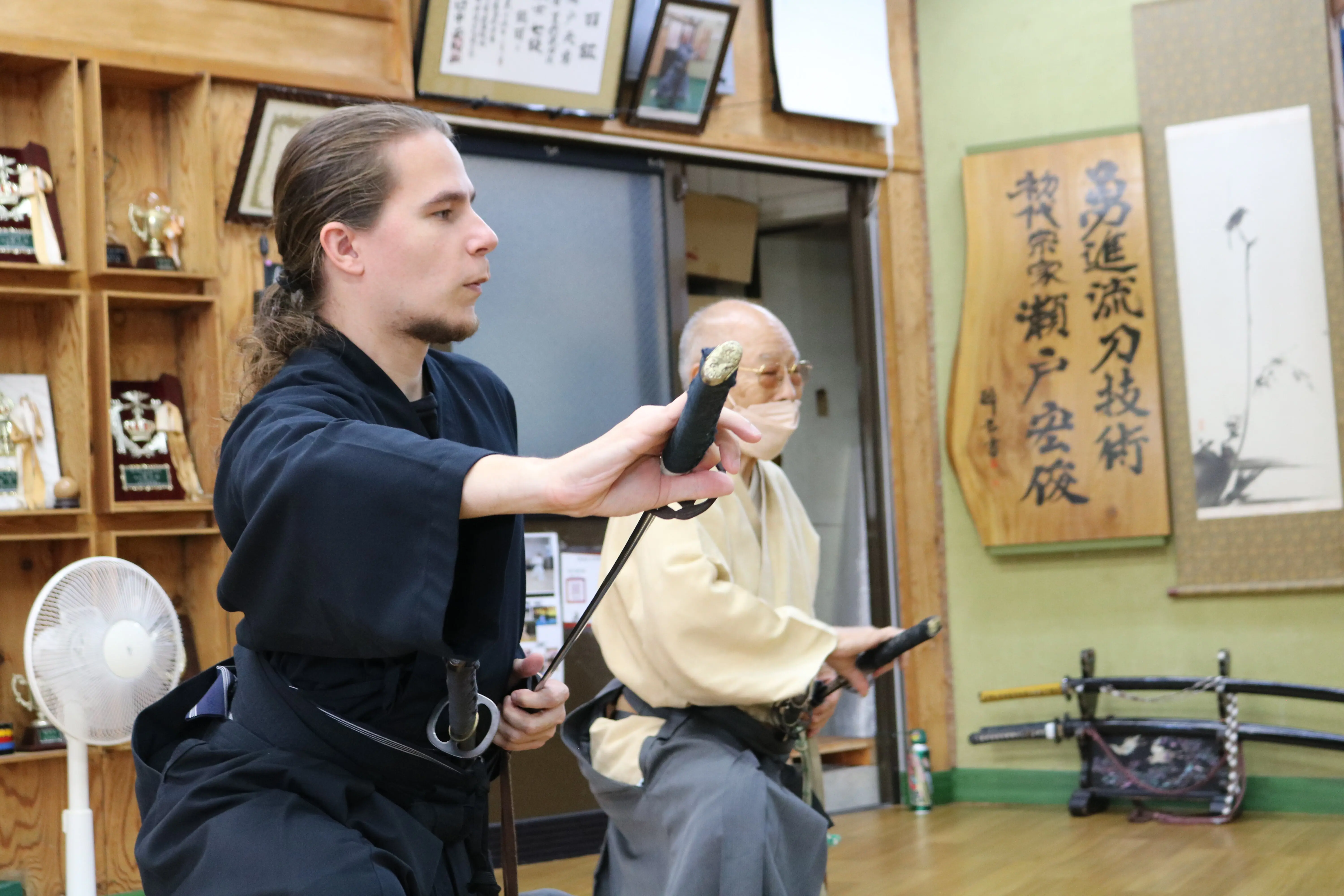Kashiwara City, located in the Nakagawachi region, is a city blessed with nature and history, known for its grape cultivation, numerous ancient tombs, and ruins. This time, we visit a judo uniform manufacturer and a winery, both of which have been in business for over 100 years and were nurtured by this rich environment. Together with Rodolfo, who is originally from Mexico and has lived in Japan for 40 years, we explore the charms of this area.
Kashiwara City is home to world-renowned, industry-leading manufacturers with over 100 years of history. For example, Kusakura, Japan's leading martial arts equipment manufacturer, was founded in 1918 and handles integrated production from weaving fabric to sewing, using its unique sashiko weaving techniques. There is also Katashimo Winery, which began making wine using sake brewing techniques. Founded in 1914, it is known as the oldest existing winery in western Japan.
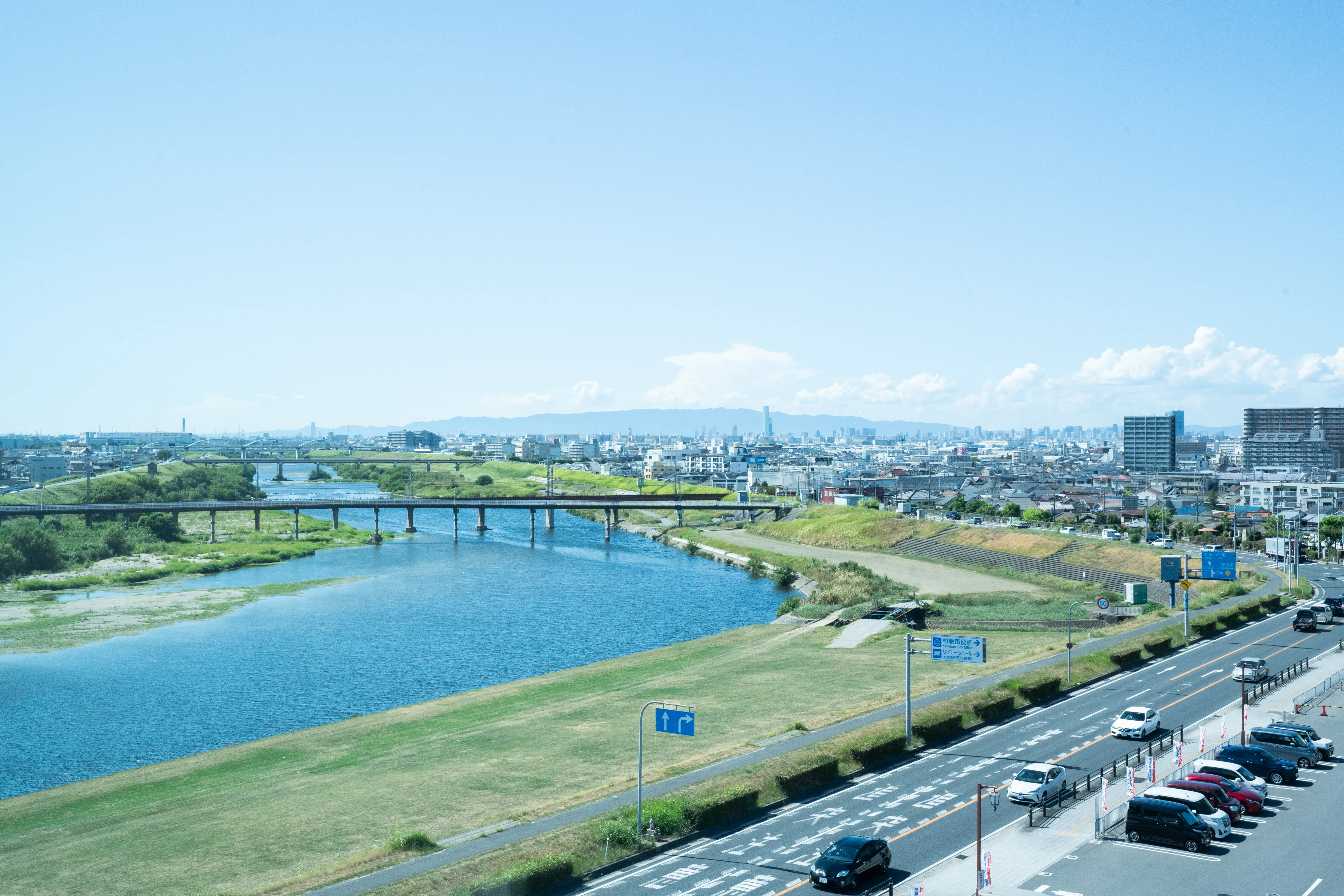
Kashiwara City is located on the border with Nara Prefecture and is a land rich in nature with the Yamato River flowing through it.It is a city with many historical heritage sites, such as the Tatsuta Ancient Road - Kamenose and Katsuragi Shugen, which are designated as Japanese Heritage Sites, and Takaida Yokoana, which is designated as a national historic site.
It is also famous for its grape production, and was the number one producer in Japan in the early Showa period. It is also a producer of Kawachi cotton, and the dyeing industry flourished thanks to the uniquely Japanese dyeing technique of "chusen," which originated in Osaka.
This time, Mexican karate instructor and alcohol lover, Rodo, visited two manufacturers to learn about their history, techniques, and the passion of the makers. Let's take a look at the past and future of this traditional Japanese technique that has been passed down in Kashiwara.
Guide

A trader and karate instructor from Coahuila, Mexico, currently living in Fukushima Ward, Osaka City. He speaks fluent Japanese. After visiting Japan for a karate tournament, he decided to move to Japan. After three years at a dojo, he worked as a Spanish teacher at a university before opening a trading business. He splits his time between Japan and Mexico, and continues to introduce high-quality Mexican food to Japan.
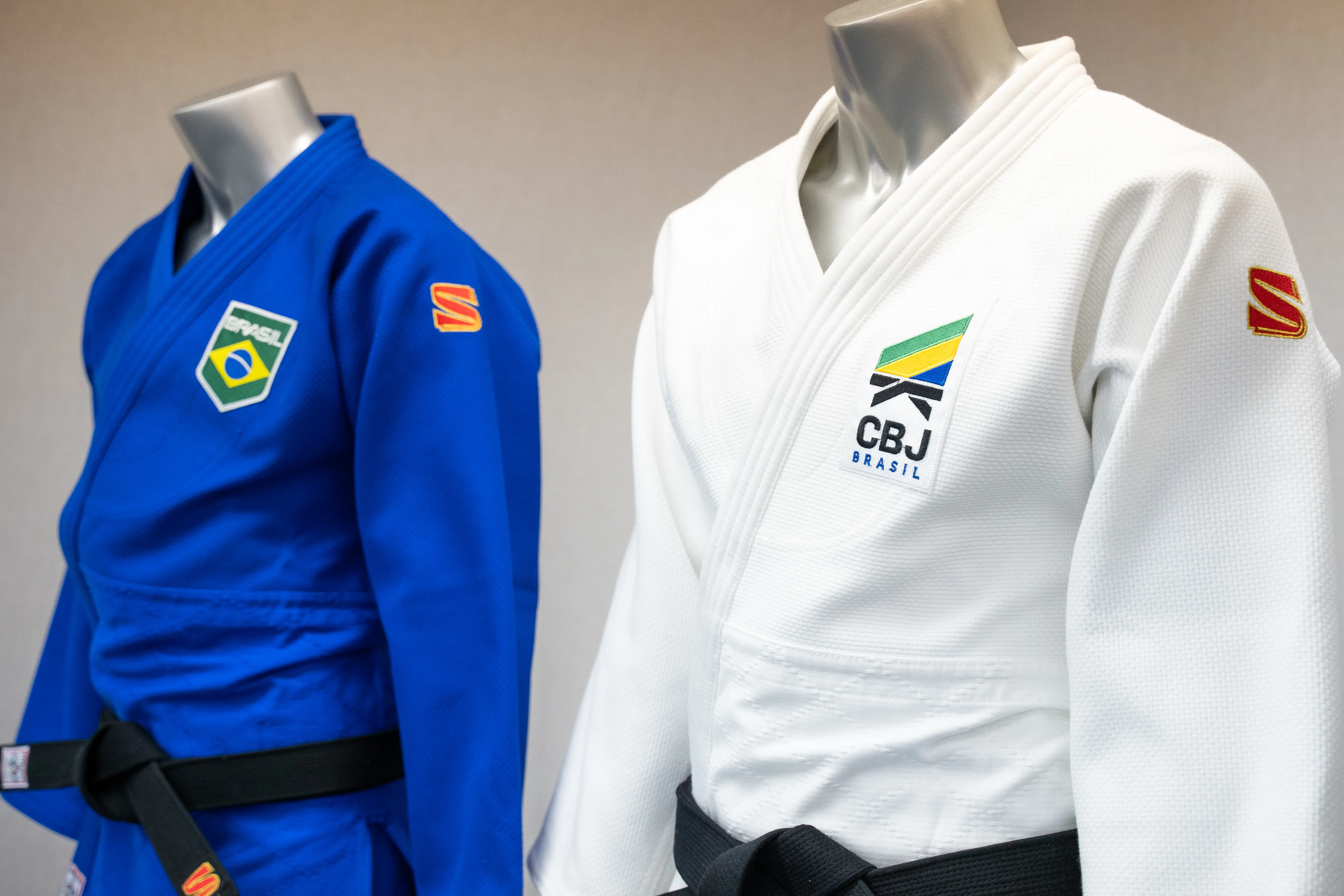
Kusakura is a martial arts equipment manufacturer that has earned the trust of martial artists around the world.
The first place we visited was Kusakura Co., Ltd., located about a 10-minute walk from JR Kashiwara Station. This long-established manufacturer handles all types of martial arts equipment, including KUSAKURA brand judo uniforms, and changed its name from Hayakawa Textile Industries Co., Ltd. in 2018, 100 years after its founding. On this day, we were given a special opportunity to visit the head office.
KuSakura first opened as a kendo equipment store. Founded as Hayakawa Textile Industry Co., Ltd., the company has been in the sewing business ever since. They began manufacturing kendo uniforms and hakama, and soon began integrated production from weaving the fabric to the finished product. A turning point for KuSakura came with the 1964 Tokyo Olympics. With judo becoming an official Olympic sport, the company decided to specialize in the manufacture of judo uniforms.
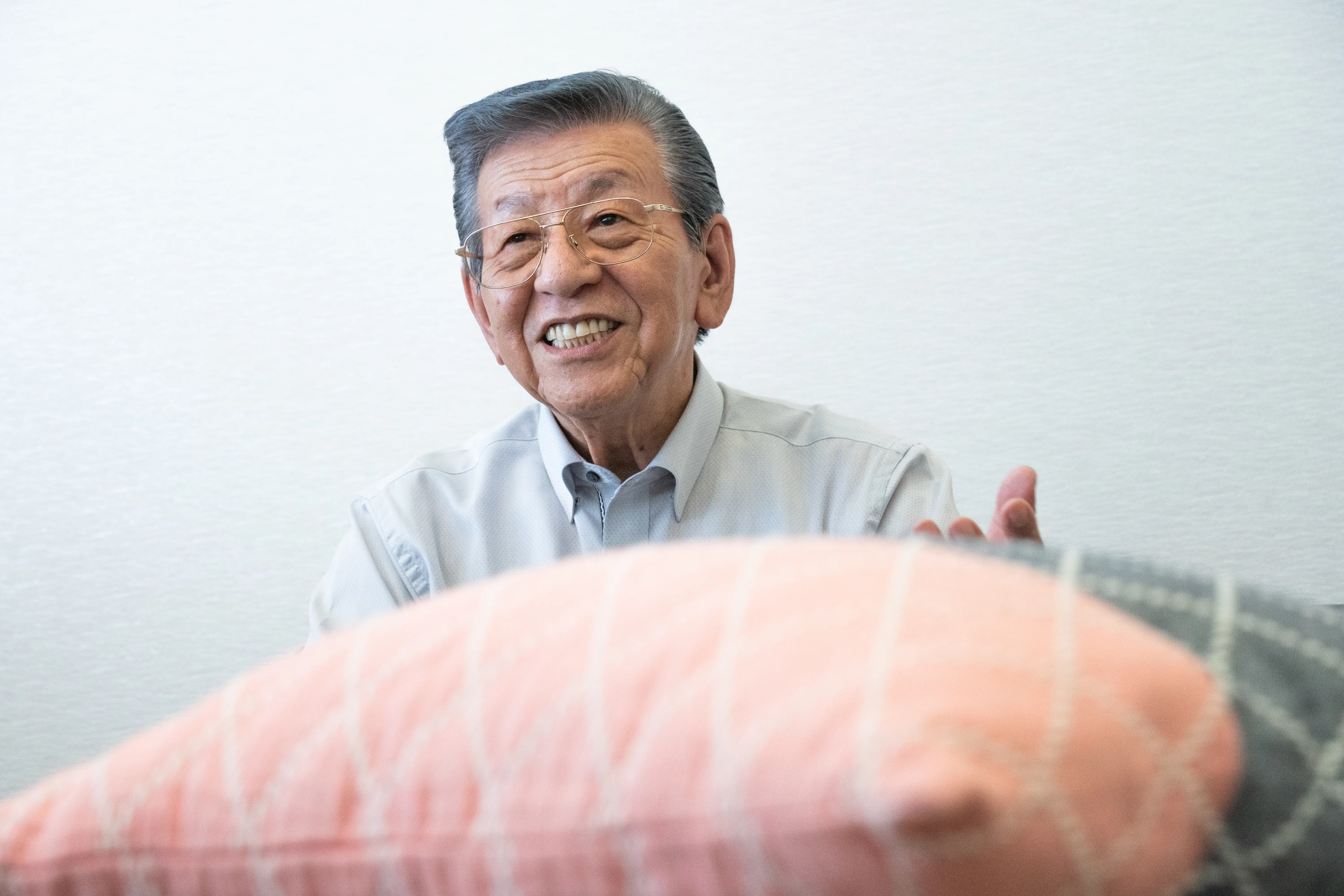
At the company's headquarters, President Masahiko Miura personally welcomed us. KuSakura is the only manufacturer in the world that produces judo uniforms from start to finish. The KuSakura trademark comes from the crest of a military commander who was a "loyal warrior" during the Nanboku-cho period in the company's birthplace.

In recent years, the company has signed a contract with the Brazilian Judo Federation starting with the 2021 Tokyo Olympics. It also became an official sponsor of the 2025 Budapest World Championships. "We absolutely must ensure that judo continues for the next 100 years," said President Miura. With Japan's population declining, the company hopes to help develop judo as an international sport.

This is a world map displayed at the company's headquarters. Flags are displayed for countries that use KuSakura judo uniforms. KuSakura's high adoption rate overseas stands out. At the 2016 Rio Olympics, athletes wearing KuSakura judo uniforms won a total of 11 medals. The company is also focusing on the American judo market, with the aim of continuing to create products using the traditional Japanese sashiko technique of layering and meticulously stitching fabrics.
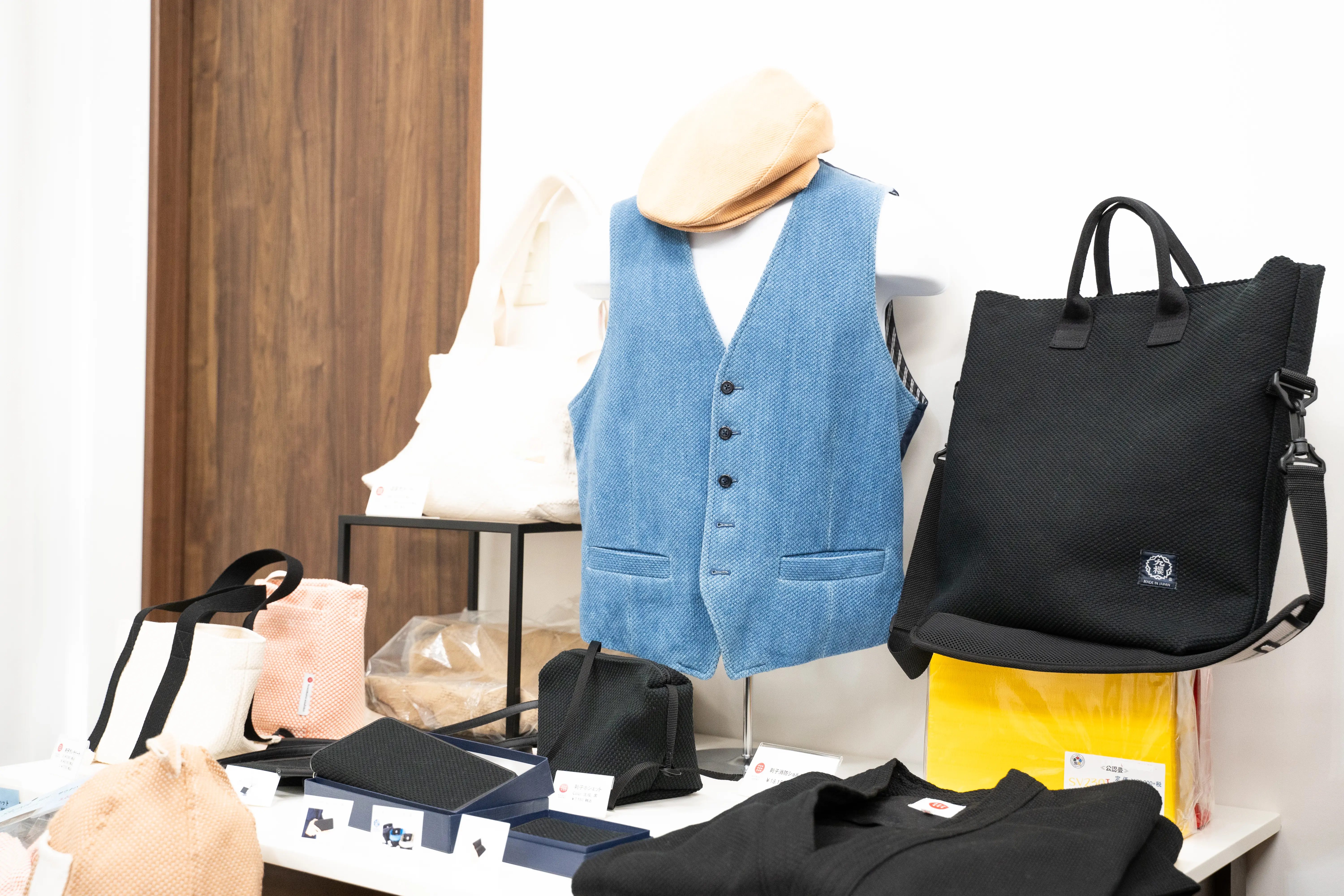
At the same time, they have launched the Kusakura Sashiko clothing brand, using fabrics they manufacture themselves. They offer a wide range of products, from shirts to slippers and bags, which can be purchased at the showroom adjacent to the factory.
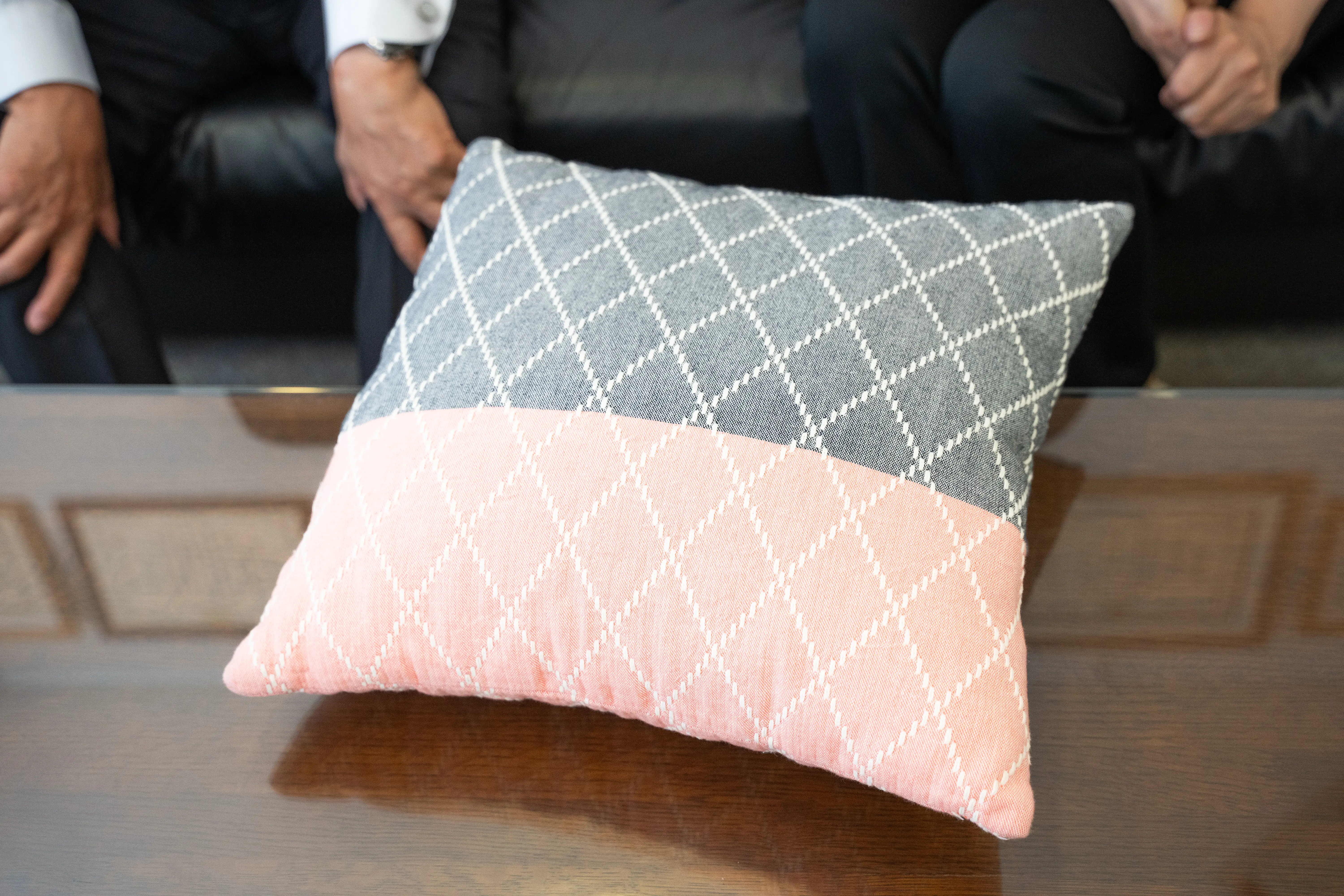
New developments will continue in waves, with an eye on the next 100 years. We hope to make it more appealing to women as well. This is a prototype cushion.
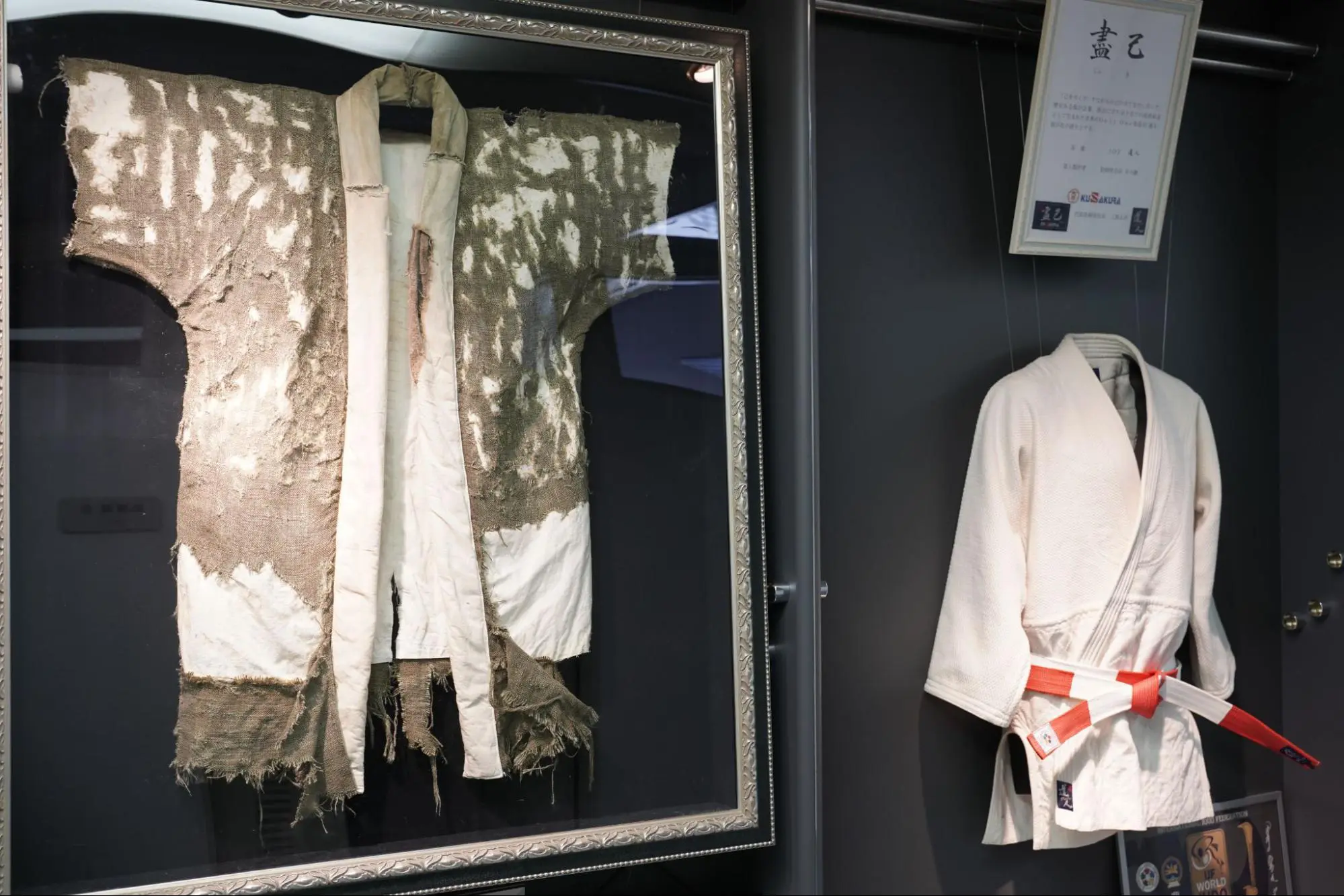
When asked what he would like to continue doing as he approaches his 200th anniversary, President Miura replied, "I want to continue contributing to judo and continue with integrated manufacturing. I want to continue making things with sashiko, no matter what the era."
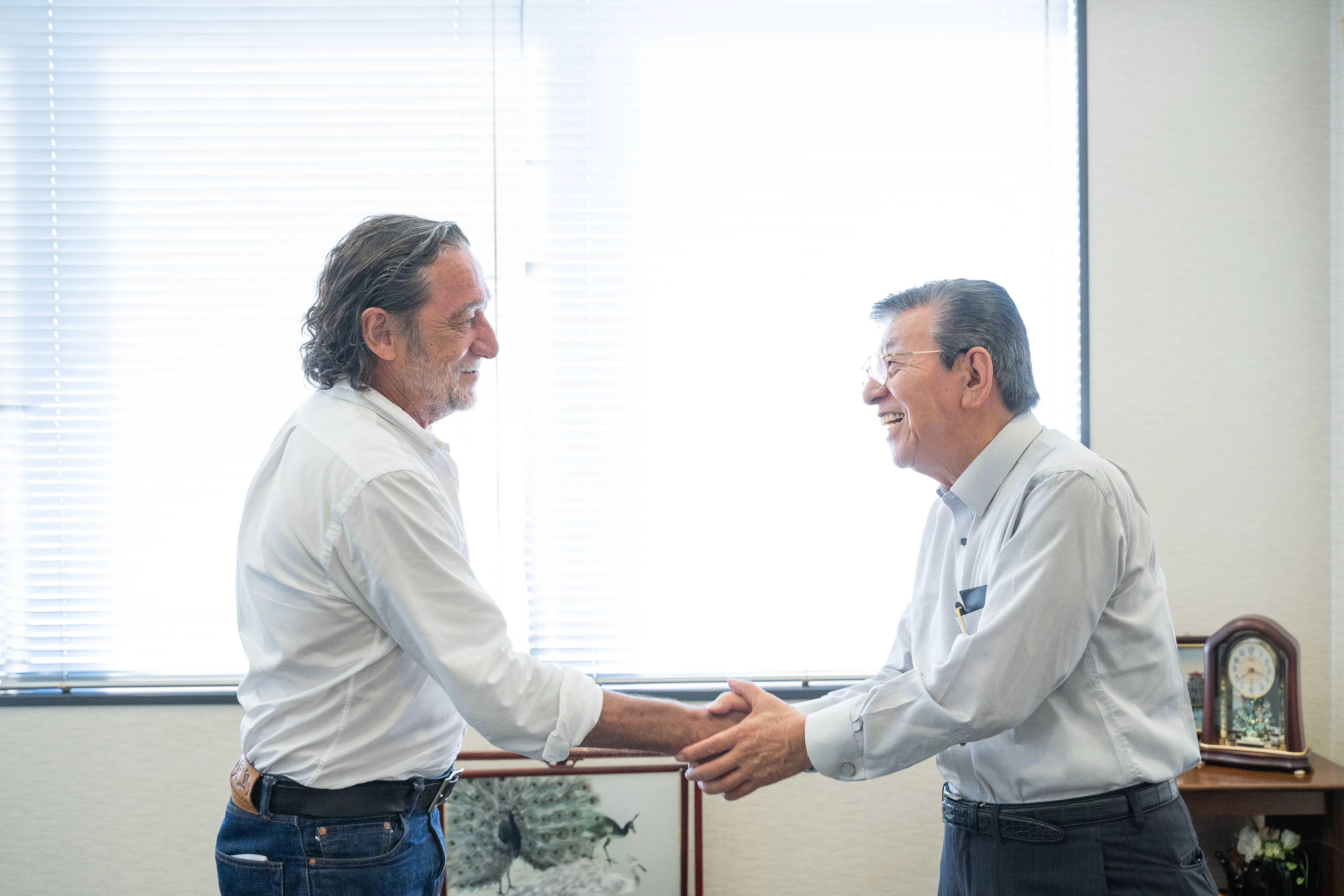
After the conversation, the two stood up and shook hands. Rod runs a Goju-ryu karate dojo, and the president makes judo uniforms. They hit it off and said, "Let's support the future of 'do' together!"

This time, we were given a special tour of the factory. Let's take a look at the manufacturing process for judo uniforms. The "hem fabric" is made using a shuttle loom. The manufacturer went out of business in the 1990s, so the craftsmen do everything themselves, even maintenance of the looms. It really is as if man and machine are one.
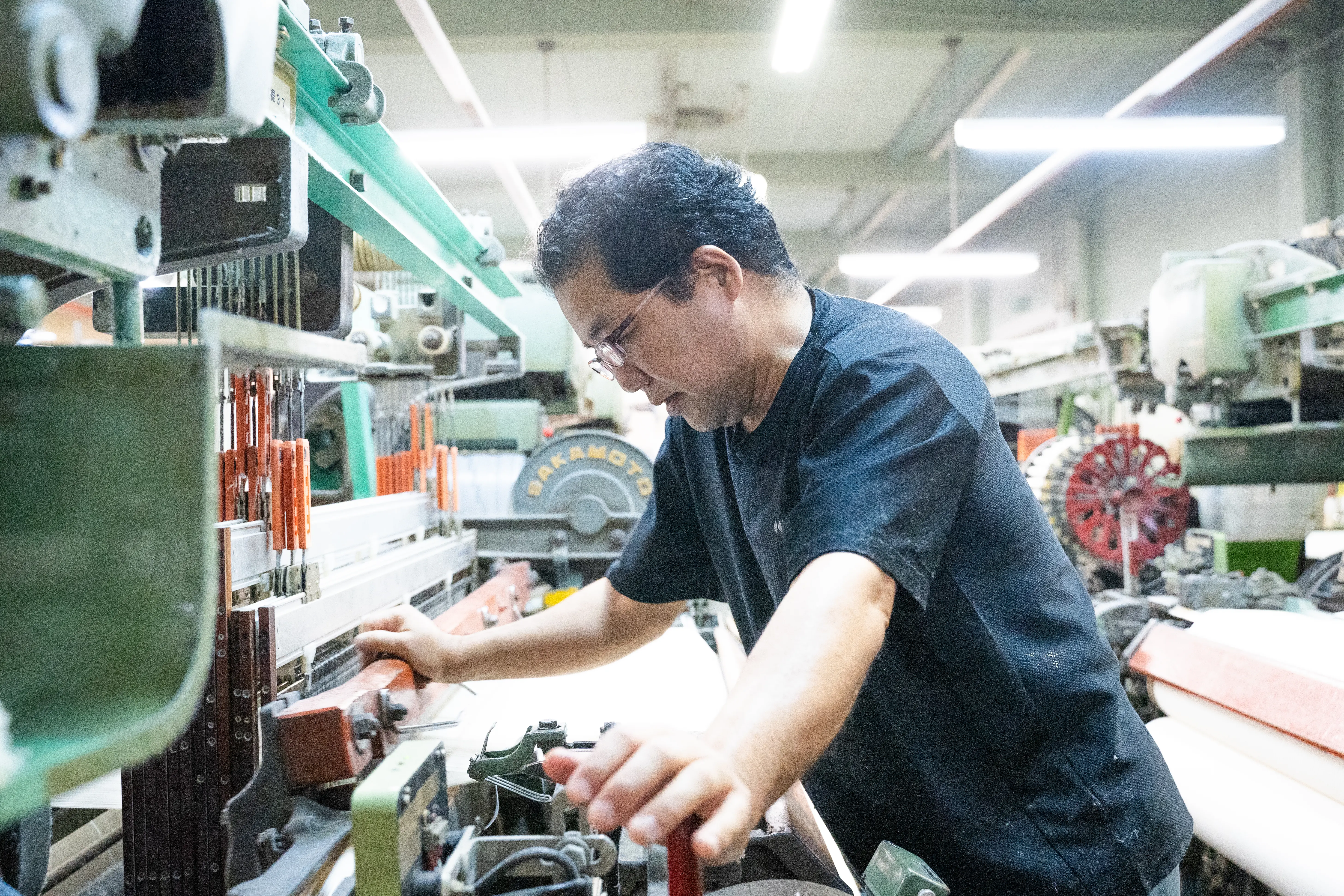
An artisan demonstrated how to operate a shuttle loom. "By adjusting the tension on the thread with a weight, you can change the texture of the fabric. This is the essential technique, and it takes about one to three years to master it, but even if you spend time, it doesn't mean that everyone can master it."

Our goal is to create fabrics that are "soft on the inside, tough on the outside." We strive to achieve a comfortable feel while meeting standards for weight, strength, etc. To maintain the texture of the fabric, we make fine adjustments according to the weather and humidity every day.
Two types of fabric are cut, one for the upper body and one for the hem. These are then combined with the collar fabric to create the judo uniform. KuSakura offers a wide range of sizes to suit a wide range of body types. They aim to cut the garment to fit each individual's body.

From "MADE BY JAPANESE" to "MADE IN JAPAN." The sewing staff are Vietnamese. When I entered the workplace, they greeted me with a pleasant smile and a "hello." In addition to changing the stitching width in millimeter increments to create a soft collar, they also work on three-dimensional tasks such as creating shoulder lines that do not carry weight.

The logo is embroidered onto the judo uniform after sewing is complete. This logo, which incorporates the letter "S" representing the national flower, the cherry blossom, and is designed to resemble a sash, was created in 1991.

Even as a karate practitioner, I was happy. It's a rare opportunity to meet the people who actually make them. Judo uniforms made in Japan are worn all over the world. Craftsmen are behind every single step of the process. I ended up bombarding the staff with questions wherever I went (laughs).
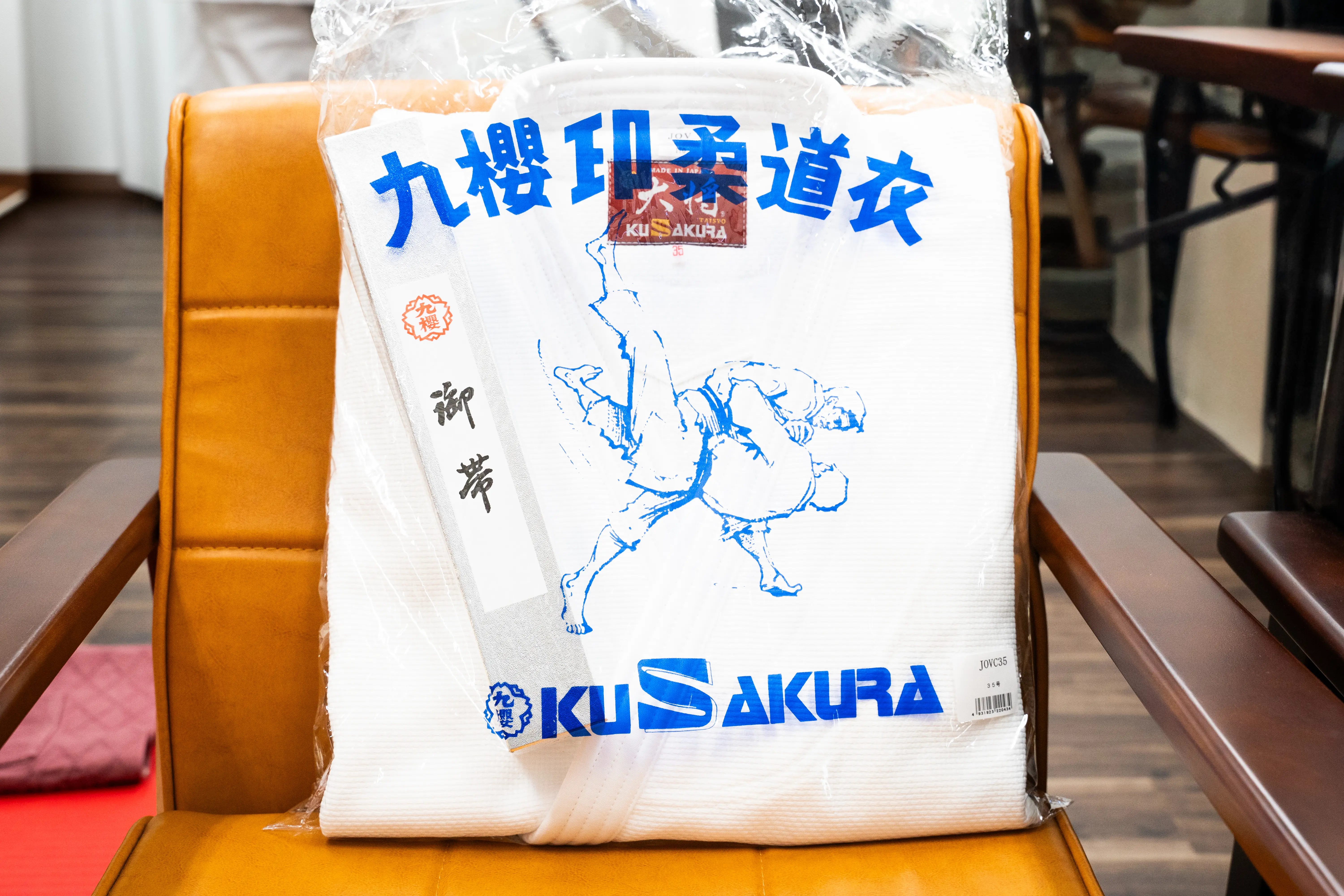
Finally, Rod was shown a finished KuSakura judo uniform in the showroom. "Made in Japan is of a different level of quality. People even travel all the way to Japan from all over the world to buy karate uniforms," said a KuSakura representative. Apparently, there is also a shortage of makers for karate uniforms. "A recent order for karate uniforms had a three-month wait for delivery. We are living in an age where the skills are there but there are no makers," he explained.
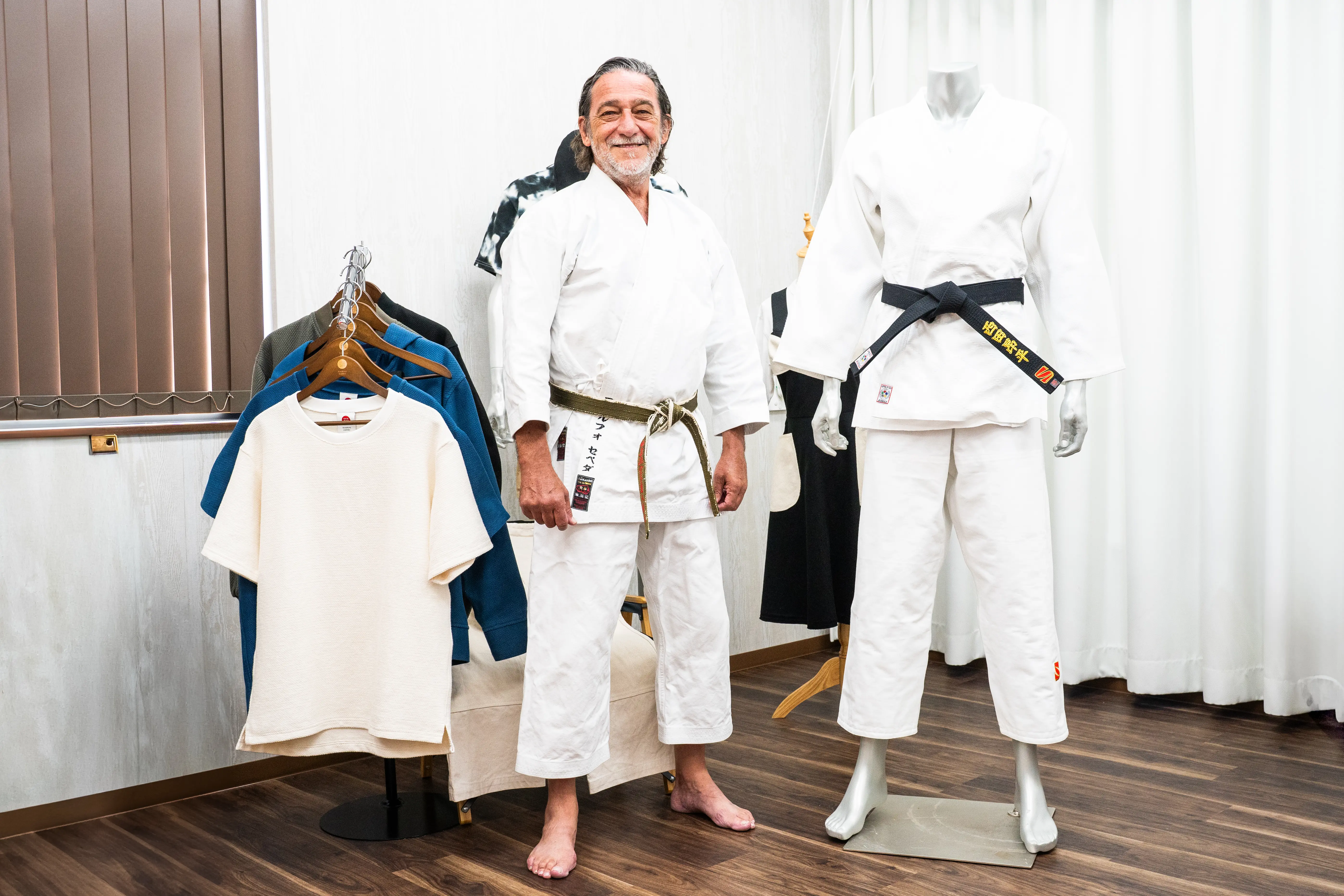
Since he had the chance, he decided to try it out to see how it felt differently from the karate uniform. First, he tried on his own dogi. In addition to being a karate instructor, Rod also has knowledge of judo, aikido, and iaido. Rod says that he values values other than victory when it comes to "do." "Becoming strong is important, but first you need to greet people. I want you to learn do in order to grow as a person."
And what happens when you change into Kusakura's judo uniform...?
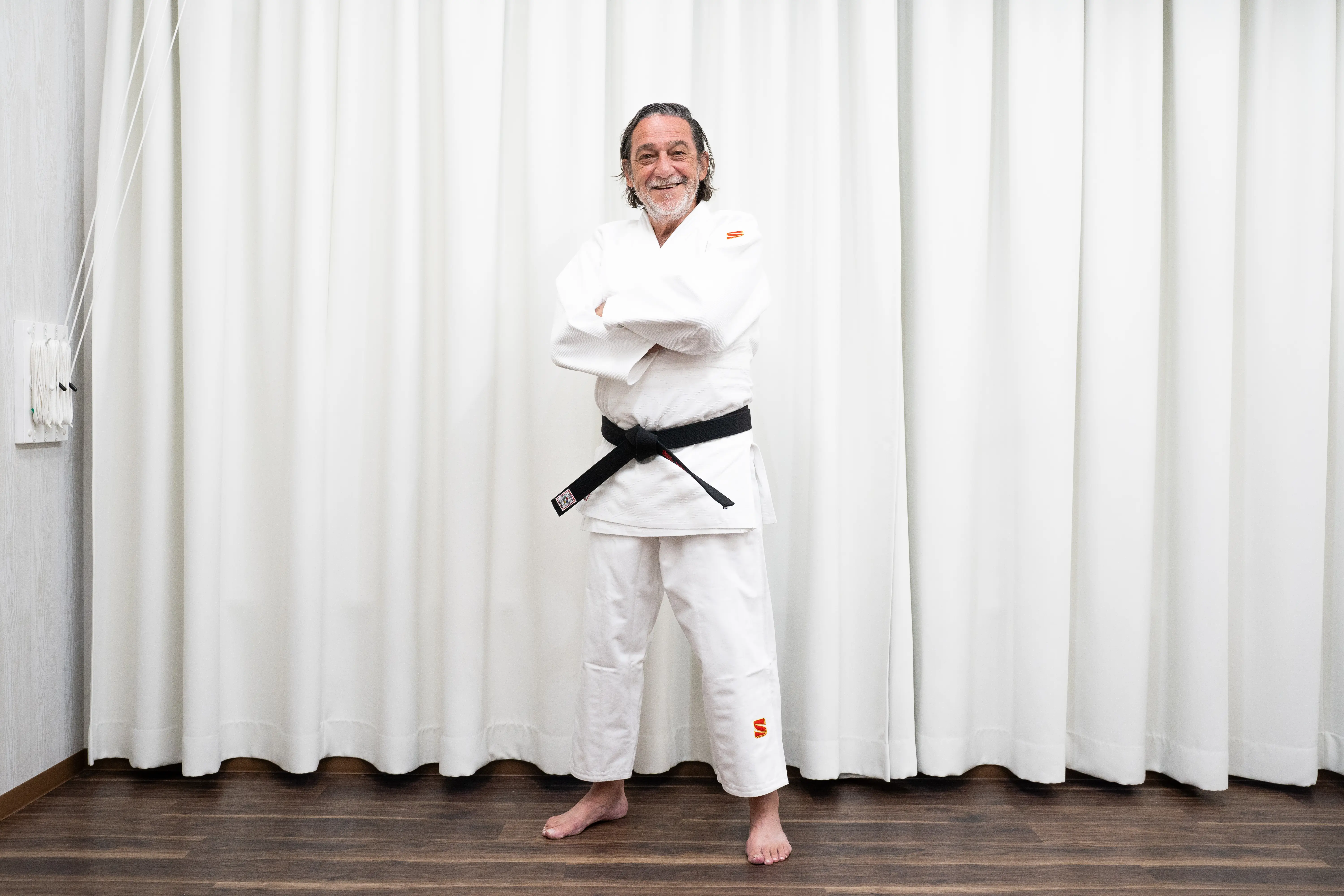
The high quality of the judo uniforms made him smile. He seemed to empathize with KuSakura's craftsmanship, which is based on the same path.

It's light and super comfortable! It was so comfortable that I ended up buying some Kusakura Sashiko pants. I'm sure I'll be wearing them from now on. Japan has amazing craftsmanship. I met an artisan who has inherited the techniques and is working hard at craftsmanship every day. It was a special day for me, who came to Japan because I was fascinated by the "way."

Weaving a landscape with wine: Katashimo Winery, the oldest winery in western Japan
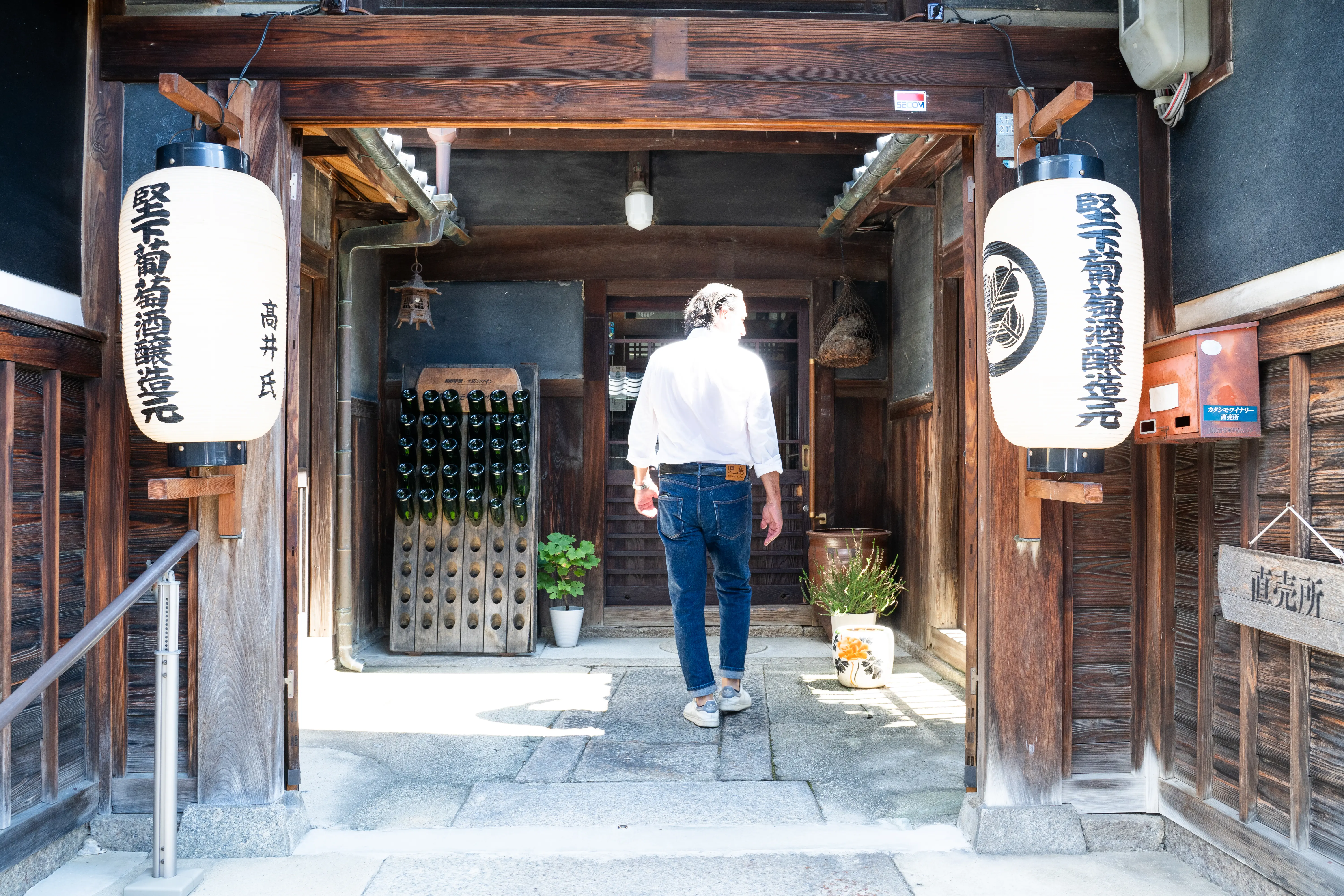
Next, we headed to the historically rich Taihei district. Here, Rod was drawn to Katashimo Winery. It's about a 10-minute walk from Ando Station on the Kintetsu Osaka Line, and about a 15-minute walk from JR Kashiwara Station, which is about a 30-minute train ride from Namba.
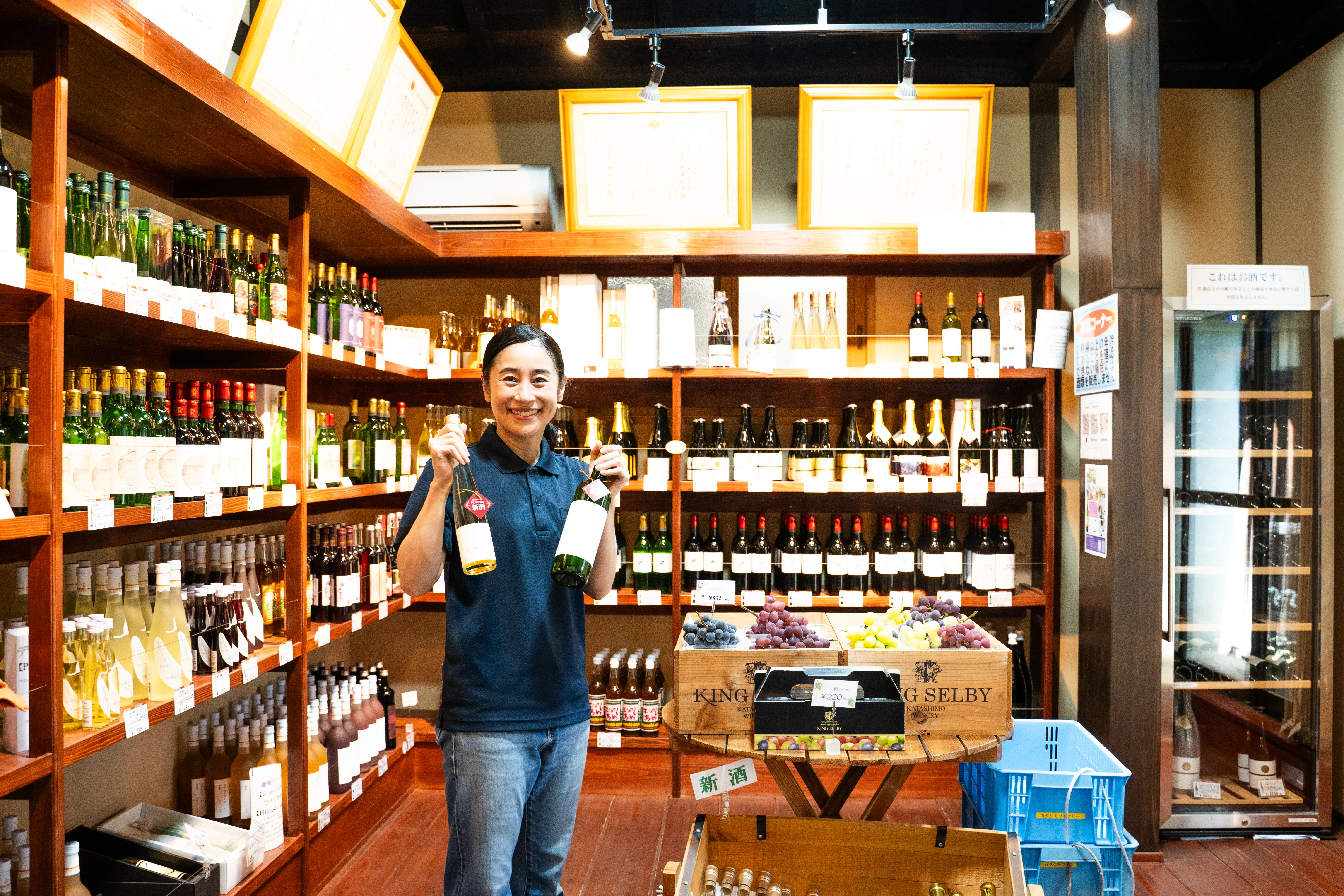
Welcoming us was fifth-generation director Makiko Takai, who said, "This year's new wine is delicious." After working for a foreign company, she joined the family business, which was founded in 1914. "Katashimo Winery is a place where we can do a variety of things, from wine production to tourism."

Katashimo Winery is a community winery. They offer tours of the factory and vineyards, and the number of foreign tourists is increasing. You can make a reservation for a tour by checking the scheduled tour dates set for each month.
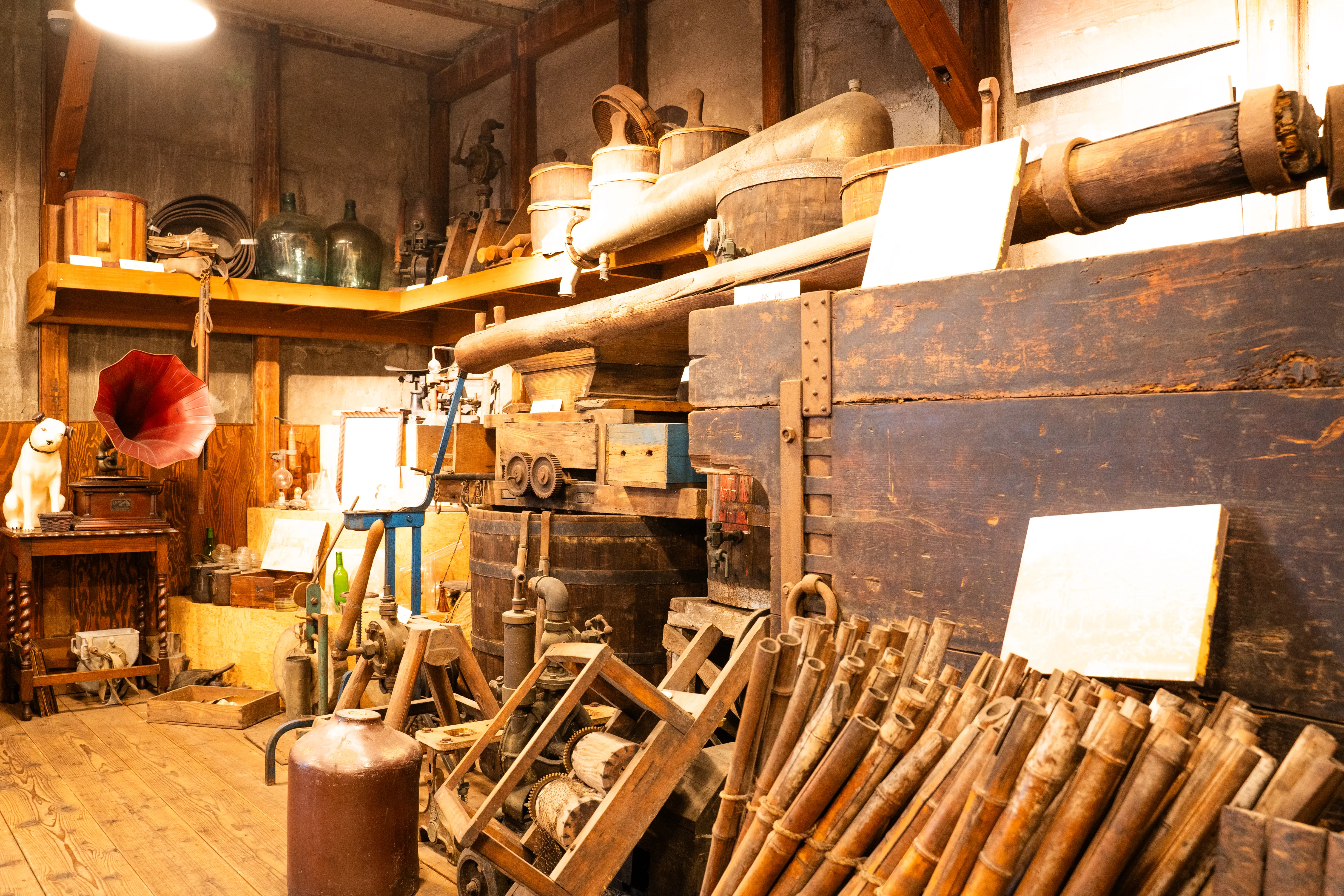
The attached museum displays Katashimo Winery and equipment that gives a sense of the 100-year history of the Taihei area.
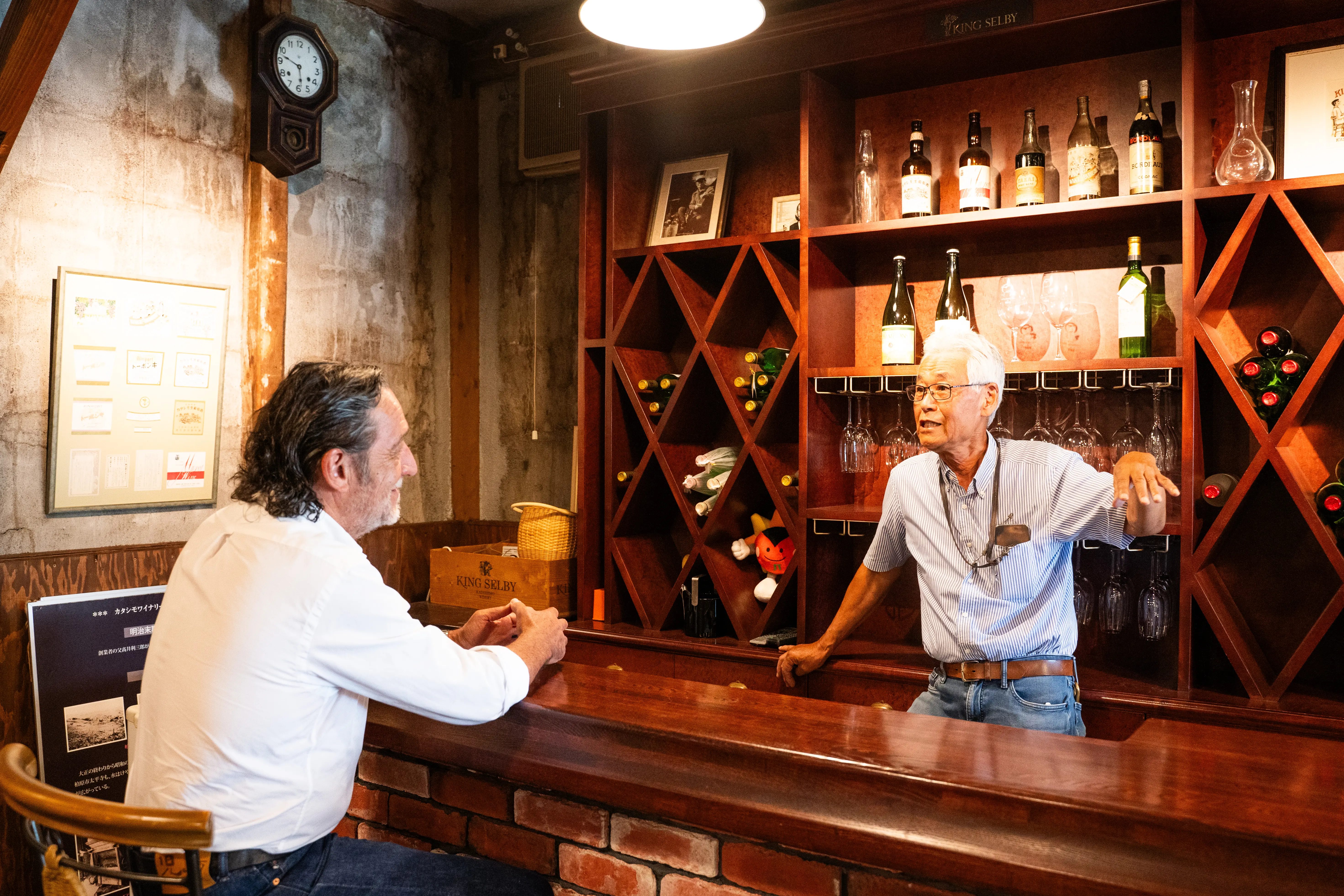
On this day, former president and CEO Toshihiro Takai also kindly accepted our request. As the surrounding fields are gradually being converted into residential areas, the company has taken over the vineyards every year in the hope of preserving the landscape. "It's not enough to just make delicious wine; it's also important to preserve the landscape," says Chairman Toshihiro.
Next, we were shown around the vineyards where 41 varieties of grapes are grown.

It was quite a challenge to climb the steep slope, but it's amazing that so many grapes are grown here. They grow 41 varieties, so what we were introduced to today was just a small part of it. It was overwhelming, and it was interesting to see how each one had such a distinctly different taste.
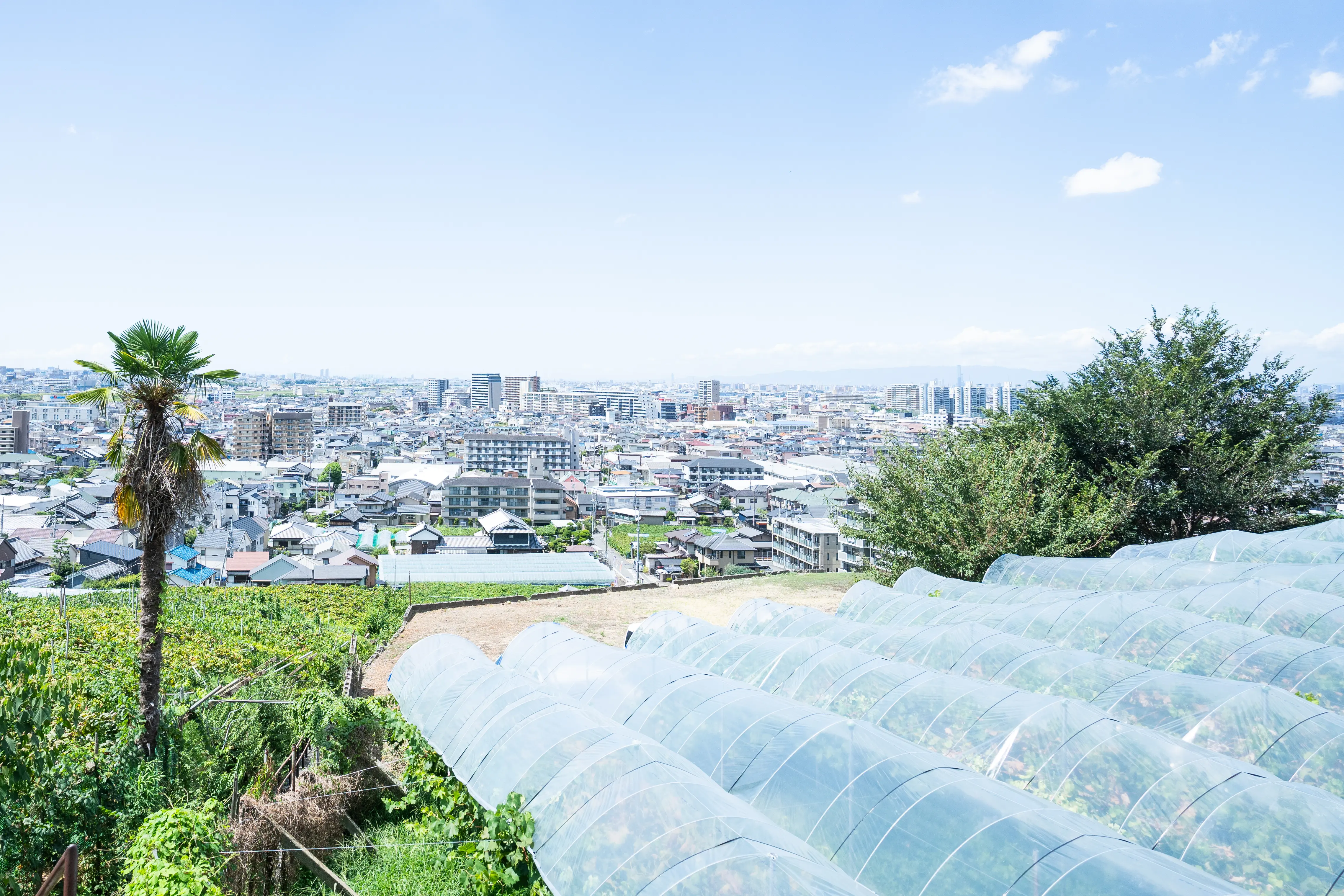
A spectacular view can be seen from the top of the vineyards. You can also see Abeno Harukas.
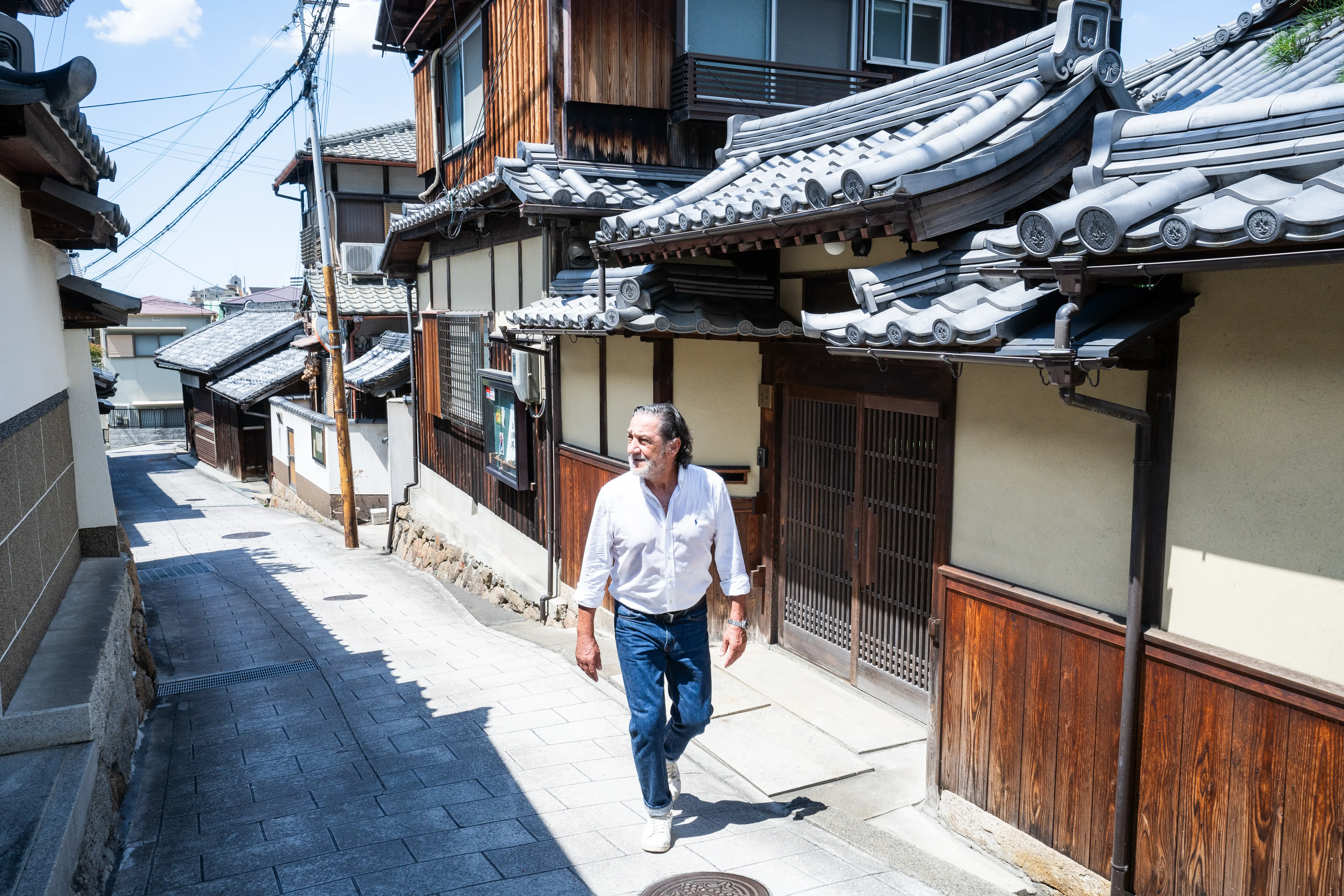
After the vineyards, Rod walked through the streets of the Taihei district. "It feels like I've come to old Japan," he said with great interest. This streetscape was developed using Osaka Prefecture's "Stone-paved and Pale Streetlights Urban Development Support Project." It's a landscape we hope will continue to thrive for 100 years to come.
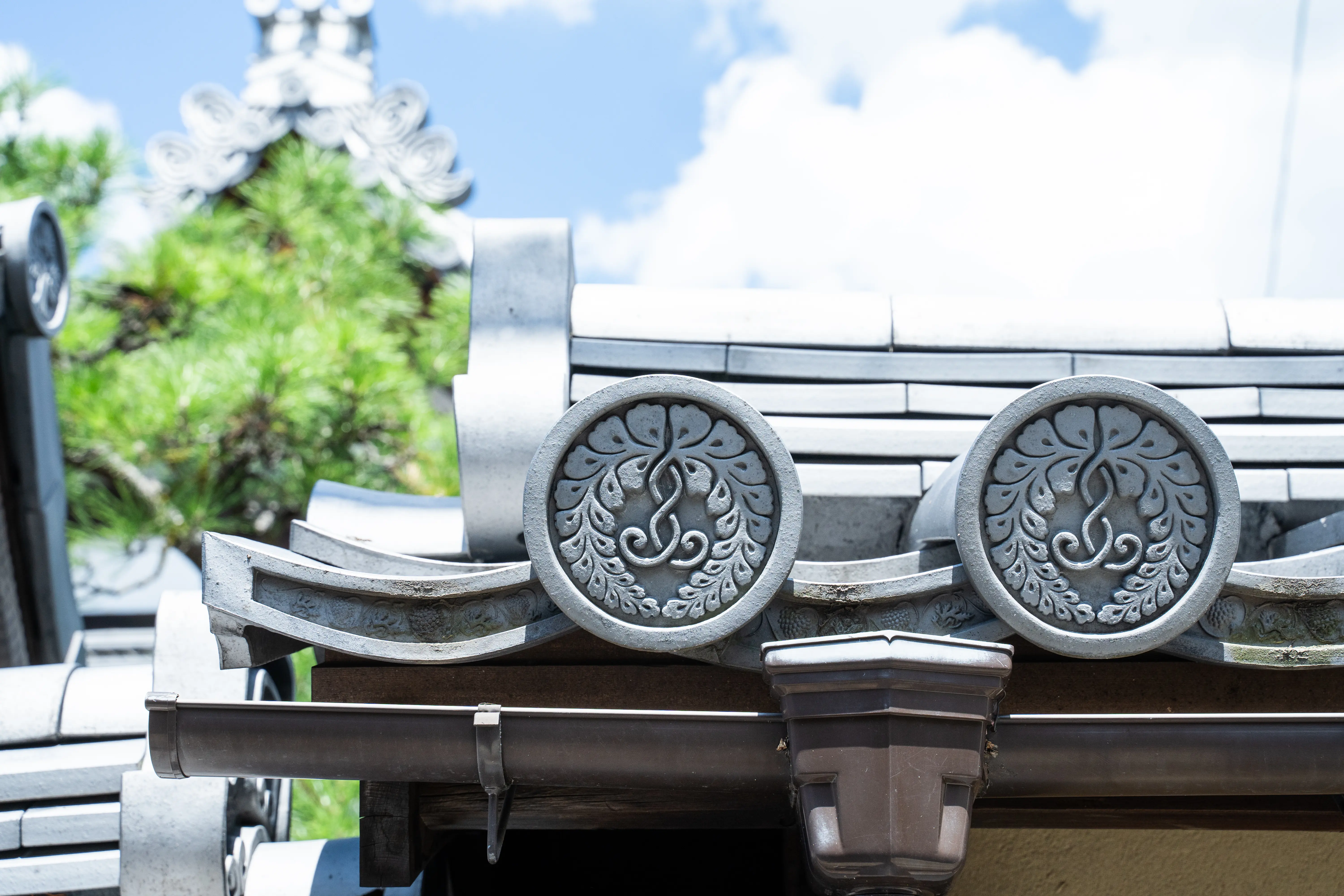
The grape motif can also be seen on manholes and roof tiles in the Taihei area. By the way, this is a reproduction.
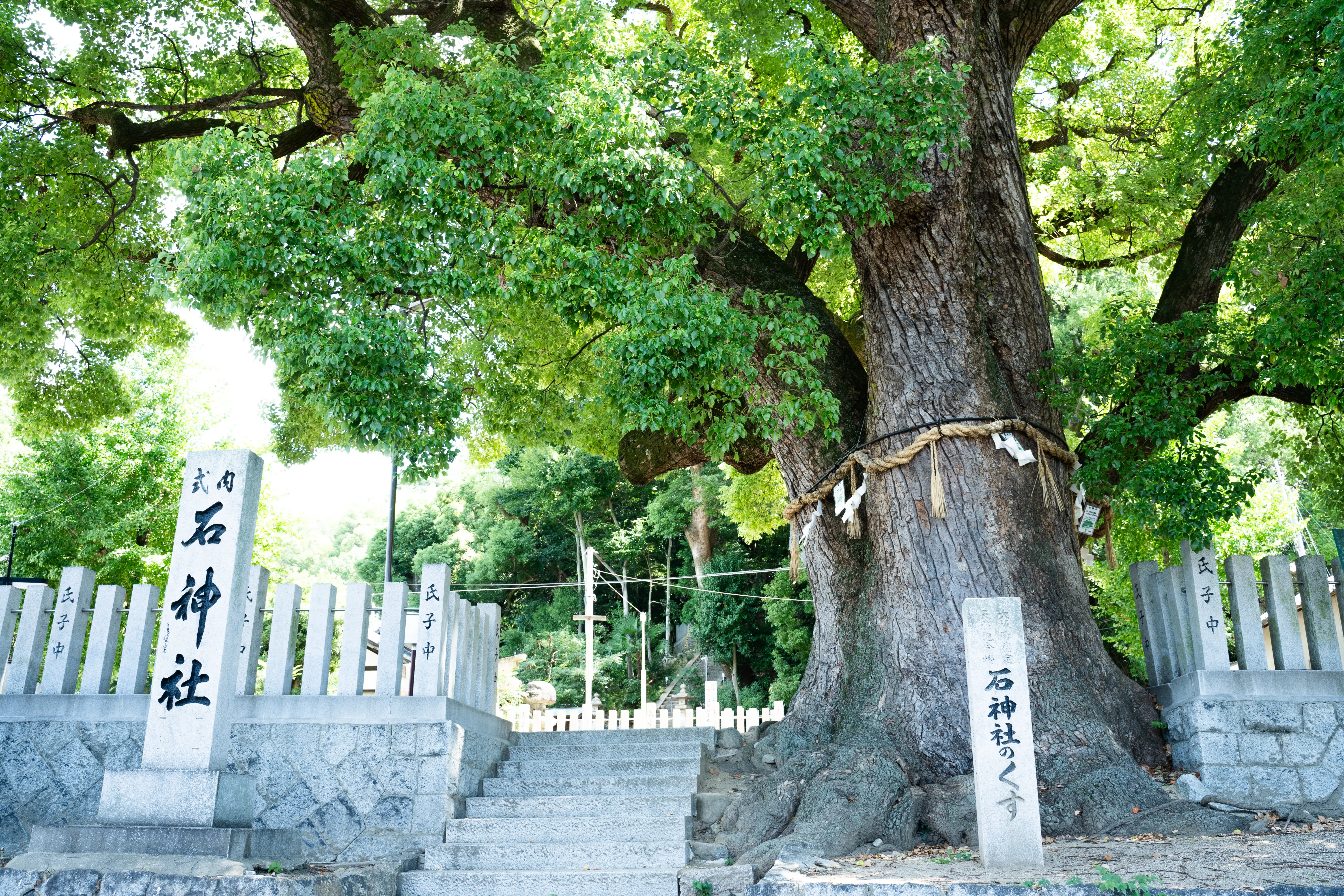
This is Iwa Shrine at the foot of the mountain. The sacred camphor tree is a gigantic tree, about 16 meters tall and 6 meters in circumference, and is estimated to be about 800 years old.
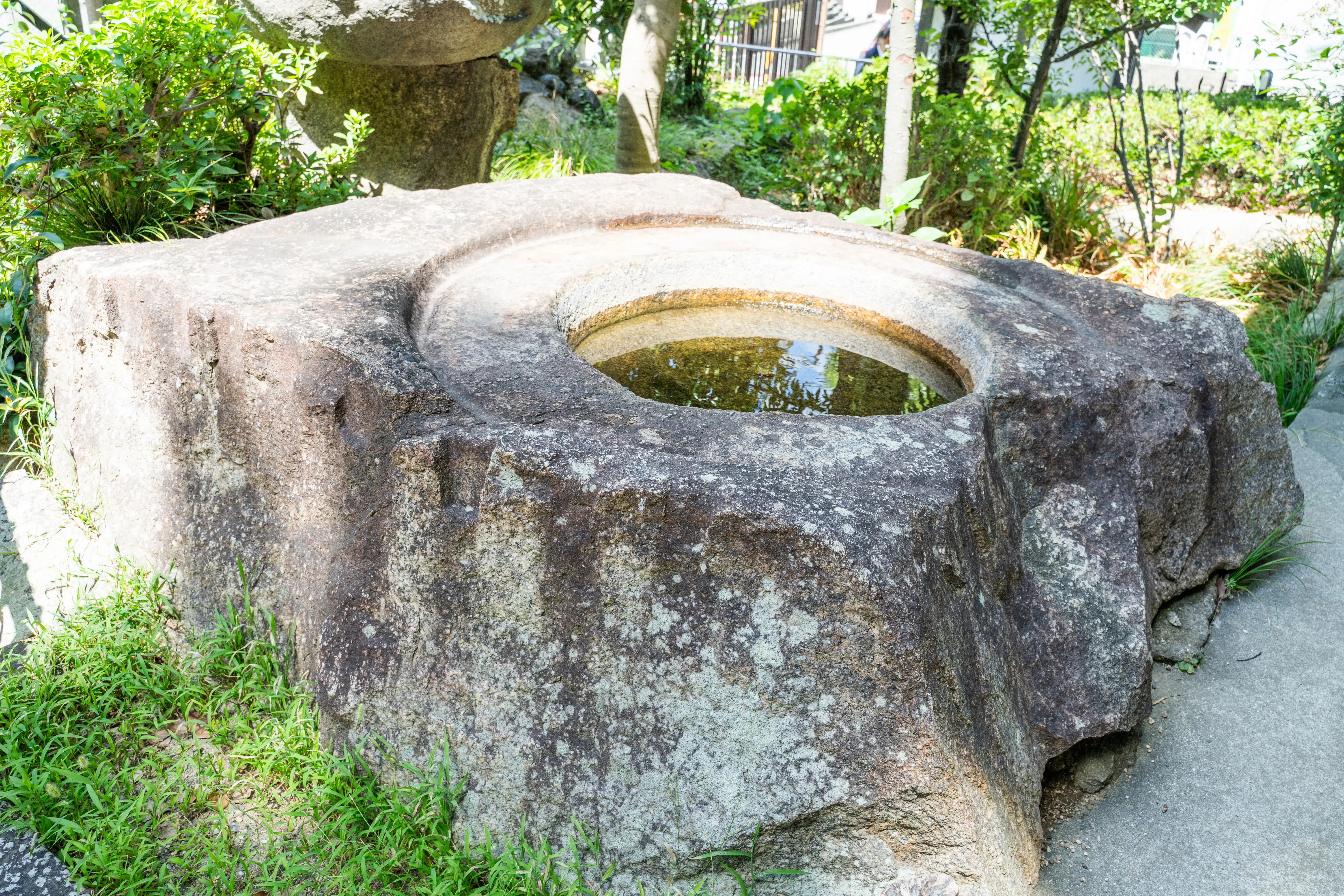
The central stone of the Chishikiji temple tower near Ishigami Shrine. It is estimated that a five-story pagoda about 50 meters high once stood here.

"I consider myself a native of Kashiwara. The scenery in the Taihei district is not created for tourism. It is a lifestyle tourism landscape created by the activities of the people who live here," says Chairman Takai. The natural townscape gives a sense of familiarity.
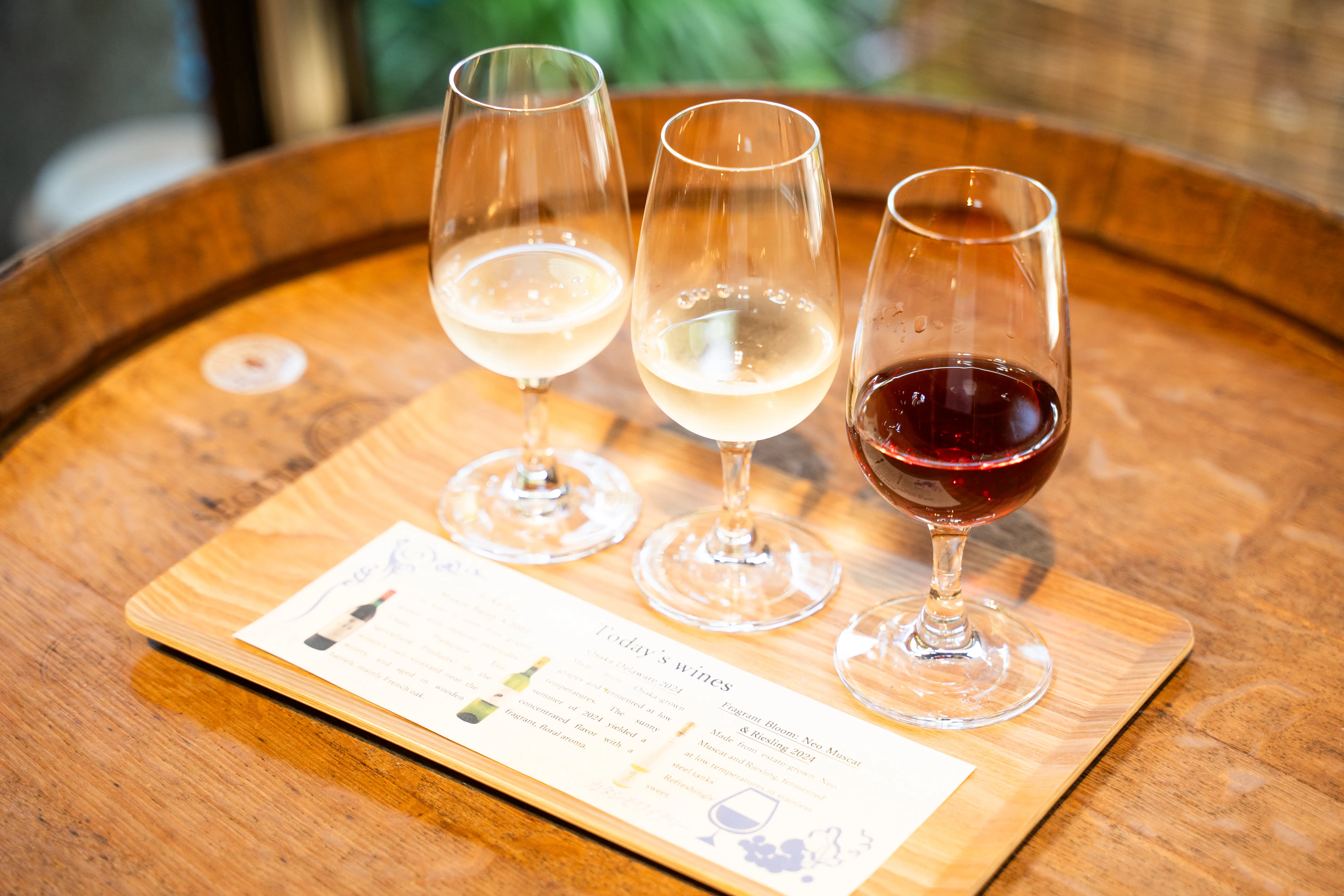
Back at the winery, you can enjoy tasting three different wines at the direct sales store. Of course, there are many different types of wine available for purchase, making them perfect as souvenirs.
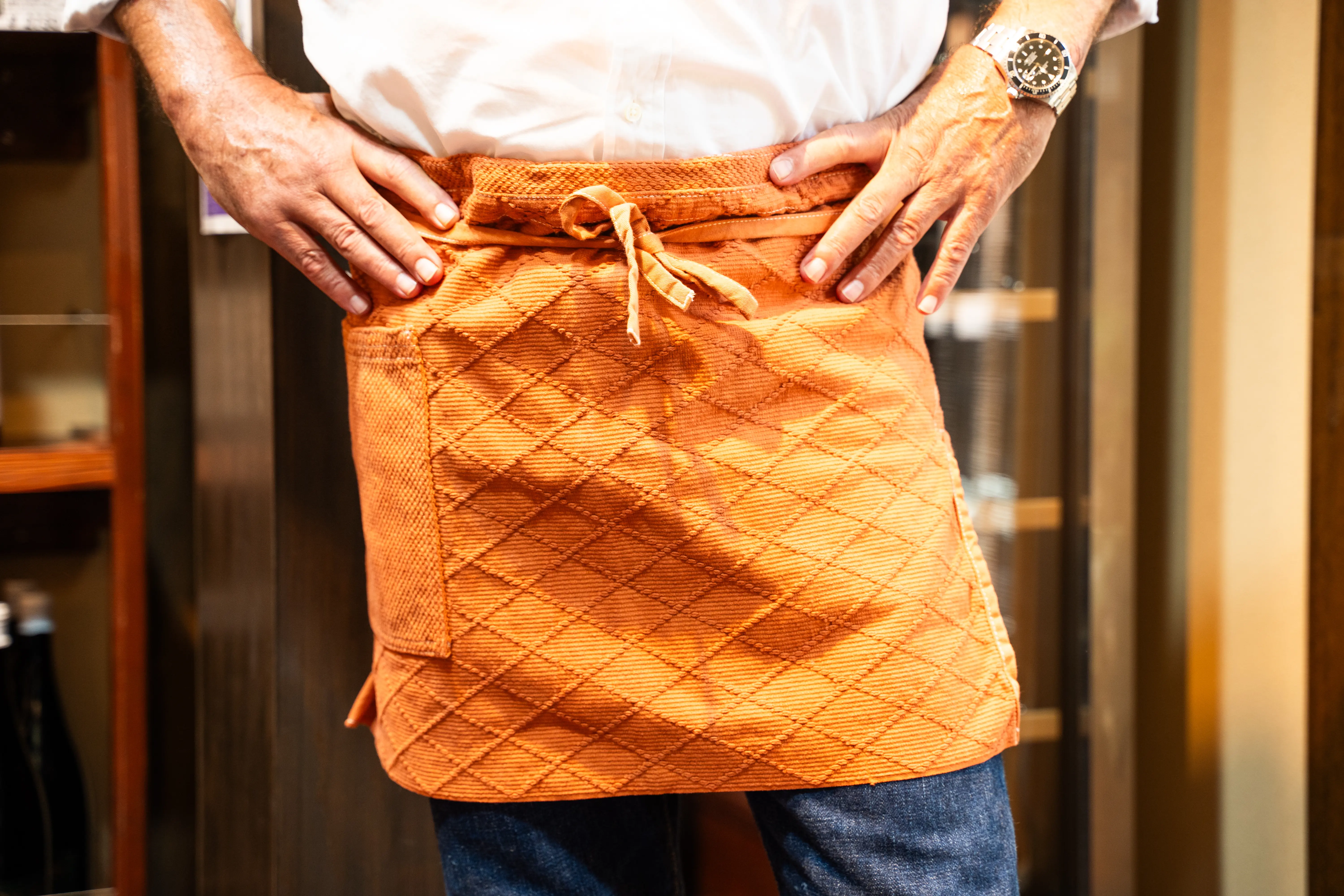
At the direct sales store, we also found a cafe apron made by Kusakura that was dyed with wine pomace. What a wonderful collaboration!

Not only is the town itself rich in history, but you can also learn about the history of grapes in Japan. There was a warmth to the parents and children who enjoy making wine, and I was able to feel the heart of the Japanese people. I'd like to take a walk there by myself next time, and take my time to wander around.

Experience Japanese craftsmanship in this historic manufacturing town!

Wine and judo uniforms. This tour allowed us to experience Japanese craftsmanship, which has a history of over 100 years. Rod reflected with satisfaction, saying, "I had no idea Kashiwara was a place like this," and "I was able to get in touch with the heart of the Japanese people." This historic town of craftsmanship is so rich. Why not take the time to visit?
Photo: Hajime Okoshi
Edit: Deccao Sekine
Direction: Ningen Henshusha
